BEST Weekend Trip in the Spring: Carlsbad
Have you ever wanted to have a family getaway that was actually just easy? Our roadtrip to Carlsbad felt that way. Maybe it was the sunny, spring weather, the proximity to the ocean at all times or our kids being in good moods, but our weekend was absolutely a breeze from start to finish.
WHERE TO STAY
The Cassara Carlsbad is a charming, family friendly hotel, with several pools, large suite style rooms and a restaurant on-site. It overlooks the ocean and the flower fields, but feels secluded. Our kids loved the pool that had a splash pad and an arcade next door– very laidback and perfect for a cool down after a morning out. Breakfast on site made it super easy to fuel up before heading out as well, and those we didn’t try it, Karl Stauss Brewpub was literally next door so we had another dining option without getting in car.
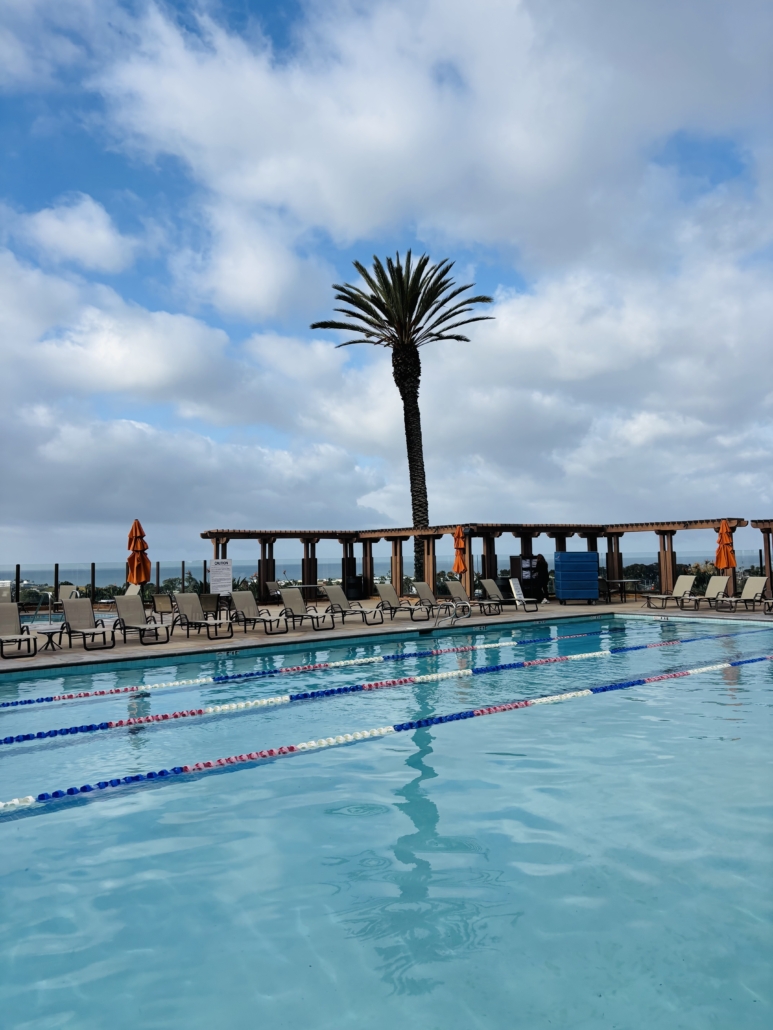
One of the pools at The Cassara Carlsbad
The best part about the hotel might have to be the location. It looks over the flower fields (more on that later), is a 2 minute walk to Legoland and it’s several minutes by car to the Windmill Food Hall. Not to mention the ocean and downtown Carlsbad being under a 10 minute drive.
From March 1 to May 11th, the resort is offering a Stay & See package which includes includes an overnight luxury stay at the resort, free parking, flower fields-inspired welcome beverages, and two tickets to The Flower Fields at Carlsbad Ranch. Highly recommend booking during this season!
THINGS TO DO
Legoland

Entrance of LEGOLAND
The most obvious one can’t be missed– LEGOLAND! It’s a super fun park especially for kids on the younger end. Even though we visited on a weekend, I felt the lines were relatively short and the park didn’t seem too crowded. Both my 3 and 6 year old loved the Dragon Coaster, Ninjago and the Submarine ride. You cannot miss Pirate Reef, where you shoot the other boats with water. Be warned– we were soaked! Legoland food was better than expected and we liked the Sea Life Aquarium that was included in our ticket. Be sure to check out their deals as we got our kids tickets at half price.
Link: https://www.legoland.com/california/
The Flower Fields (only open March to mid May)
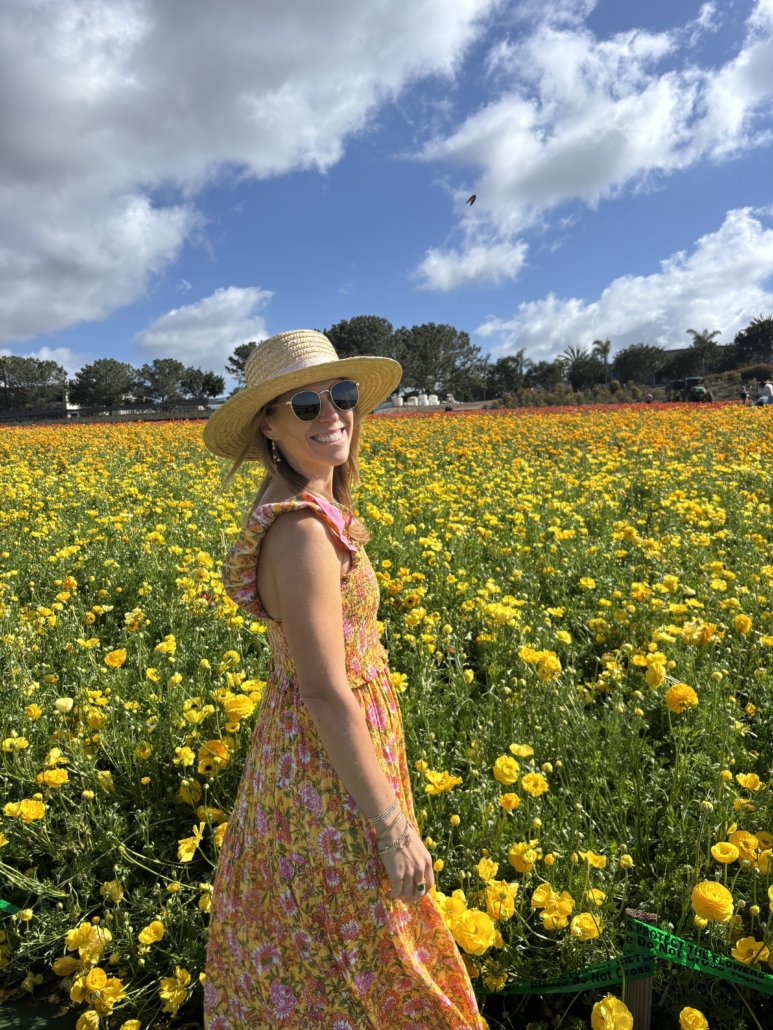
Flower Fields Carlsbad
The Flower Fields Carlsbad is an absolutely stunning experience is only open for 6 weeks so plan your trip wisely! Come for the photo opps in the acres of flowers, all planted by color to create a rainbow effect, or come to enjoy the different garden areas that they’ve created. I loved that they had a scavenger hunt for kids, bird aviaries and a butterfly experience (extra $8). The butterfly experience was worth it though– my kids had dozens of butterflies on them and were able to feed them with a nectar q-tip. There’s also food, ice cream and playground. This is easily a full morning or full afternoon adventure.
Link: https://www.theflowerfields.com/
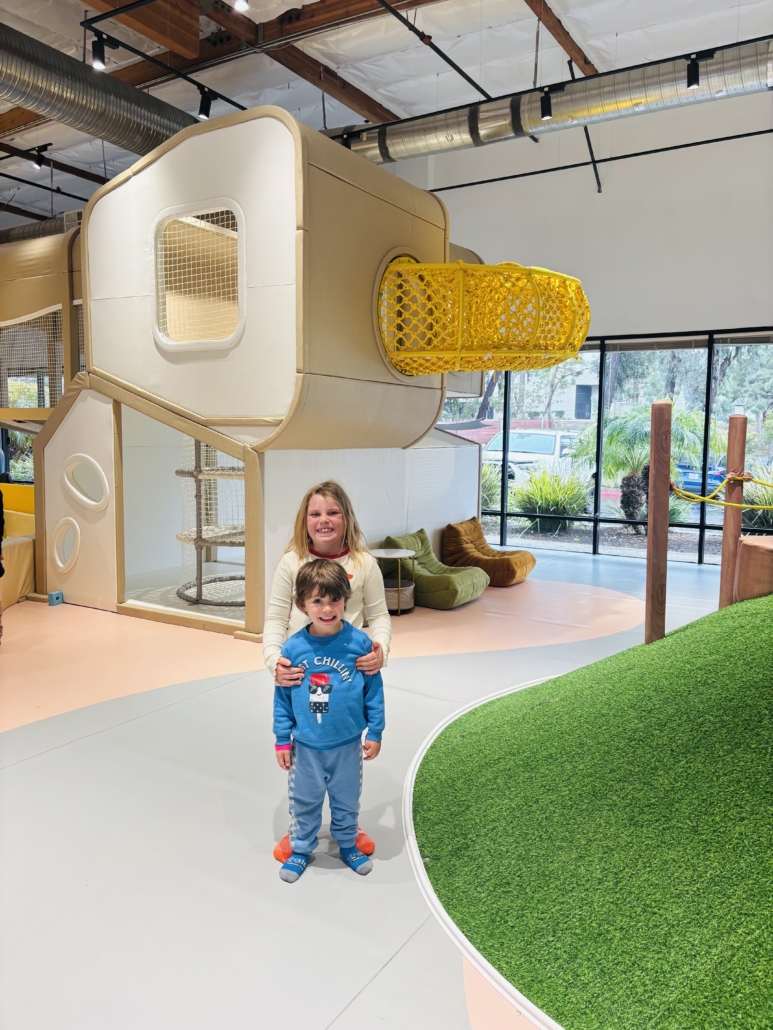
One of the best indoor kids play places ever
Show me a better indoor play gym in Southern California?! I have been to many and this is by far the biggest, cleanest and most interesting play gym for all ages. I am still shocked by how much went into the design and aesthetic. I was shocked that my 6 year old was still just as entertained as my 3 year old! And they serve food, coffee and healthy kid snacks. Win!
Link: https://www.kidsandcoffee.love/
Candle Making
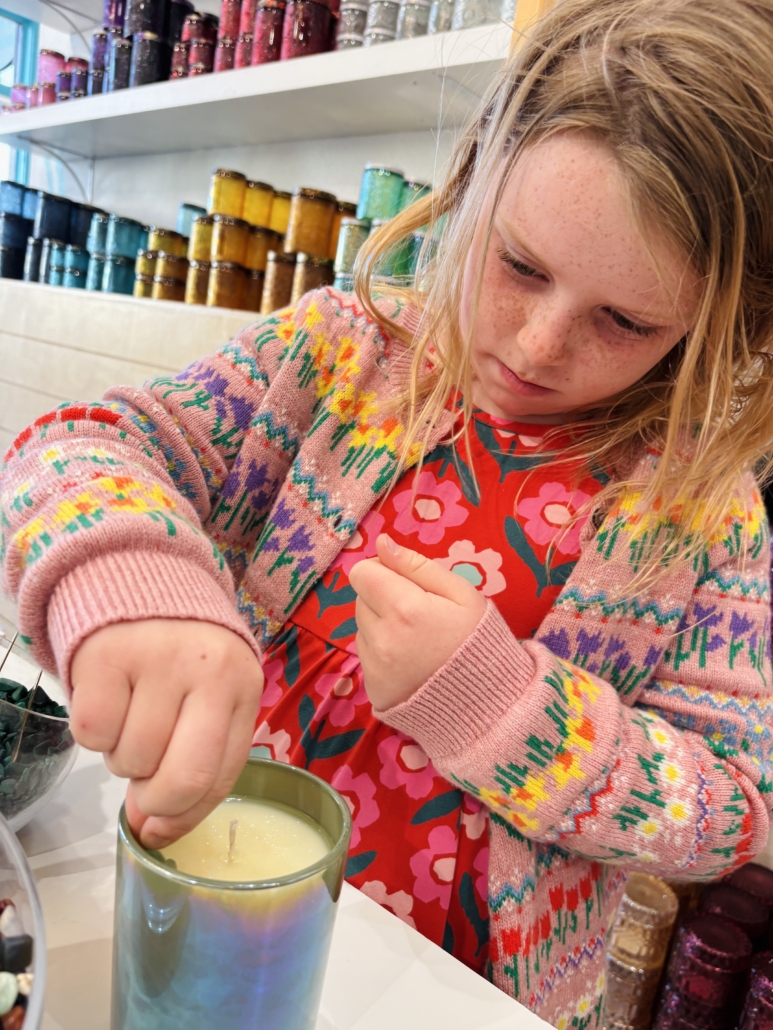
Candle Bar Carlsbad
I think all ages can appreciate make your own candle! My daughter had so much fun designing her own perfect candle in this shop- Candle Bar Carlsbad– from choosing the scent, the wick, the vessel and especially the decorations on top. Plus, we got to bring it home with us!
Link: https://carlsbadcandlebar.com/
Beach
I can’t not mention the beach when I am in a SoCal beach town! The big dunes were fun for sliding and my kids searched for shells. I wish we had packed a picnic and wine– next time!
DINING
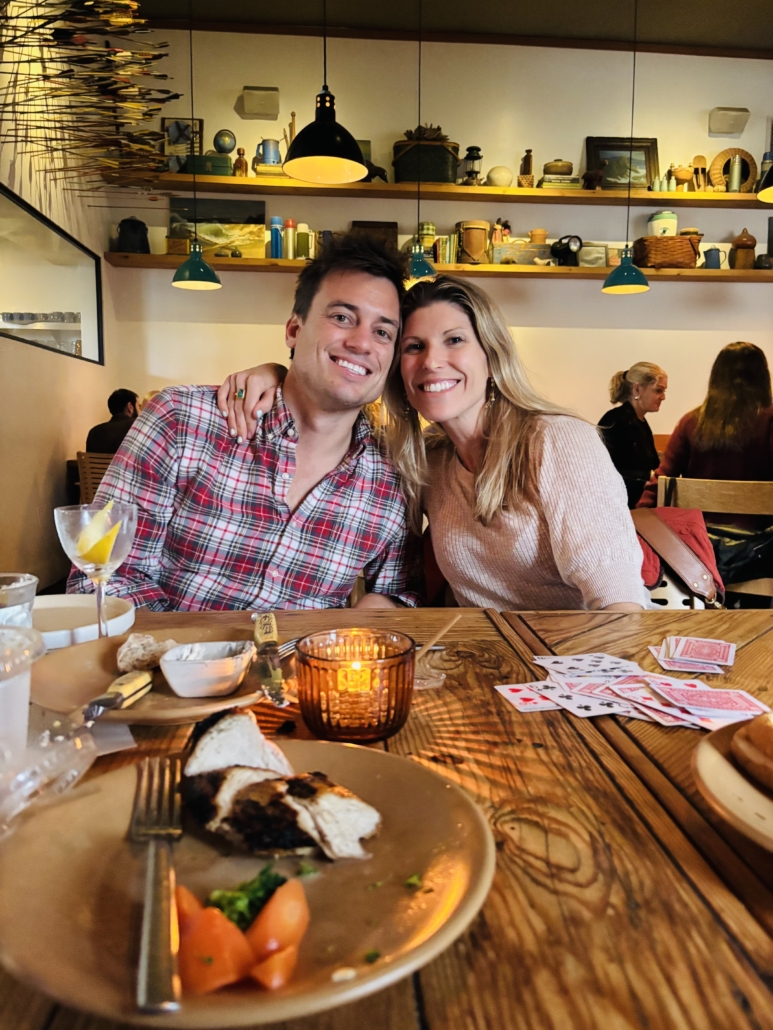
Campfire Restaurant is the best!
Quite well known, Campfire is a reputable restaurant books up so be sure to get those reservations in advance. We had a 4:45pm reservation (yes our kids eat early!) which worked out perfectly. We grabbed a drink, played cards at the table and enjoyed one of the best meals we’ve had in a while. I appreciate their healthy take on kids food– grilled proteins with broccoli and pasta. Don’t miss the table s’mores or their amazing broccoli appetizer!
With so many options under one roof, this lively food hall is perfect for a meal, a snack or even just dessert! I saw everything from lobster rolls to ramen, homemade tortillas to wood fired pizza. Our crew opted for the latter but I need to come back to sample more.
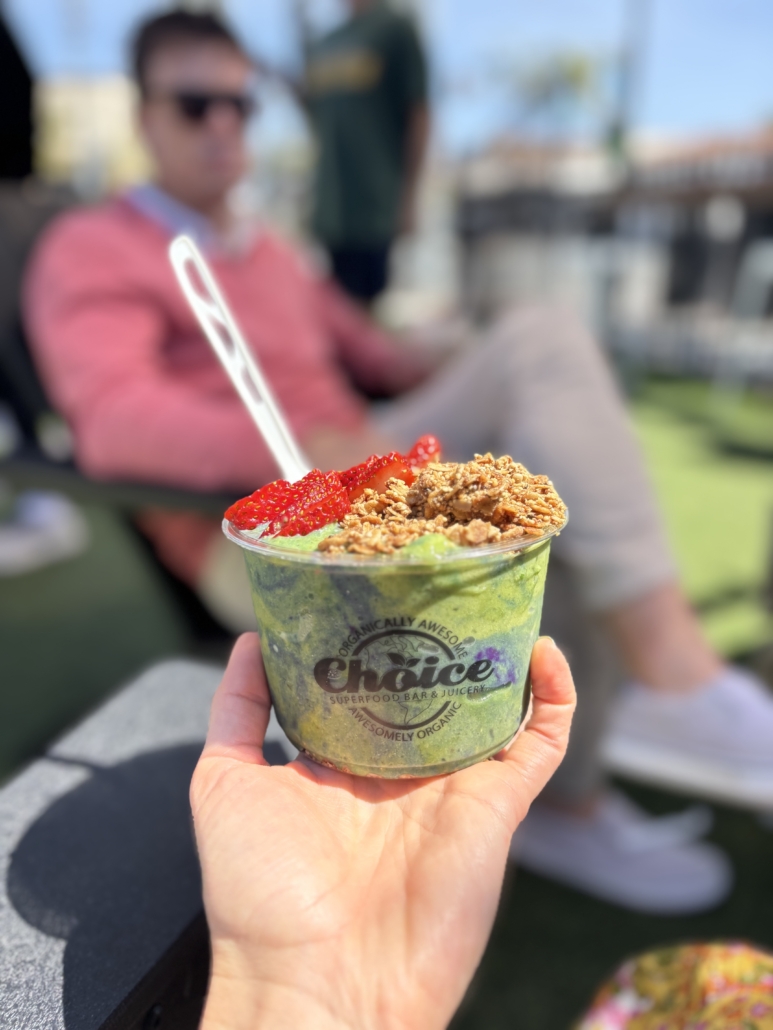
Bowls & Smoothies at the Choice in downtown Carlsbad
Served out of an airstream, this charming smoothie stop is perfect for kids with the big grassy lawn, adirondack chairs and chalkboard wall that surrounds it. My kids got the blue and pink unicorn smoothie–all made from natural ingredients, while I had a tropical bowl of my dreams!
Though we did a lot in a short time, our crew left Carlsbad super happy and refreshed. We had so many memories together and everything felt so seamless. I’d definitely recommend Carlsbad, particularly in the spring to avoid the beach crowds, and be sure to check out those flower fields!

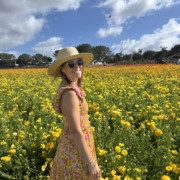
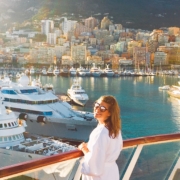
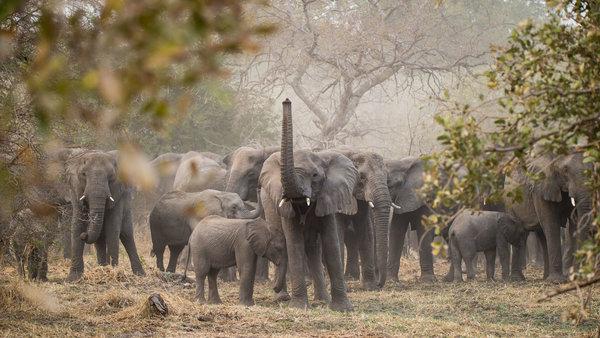
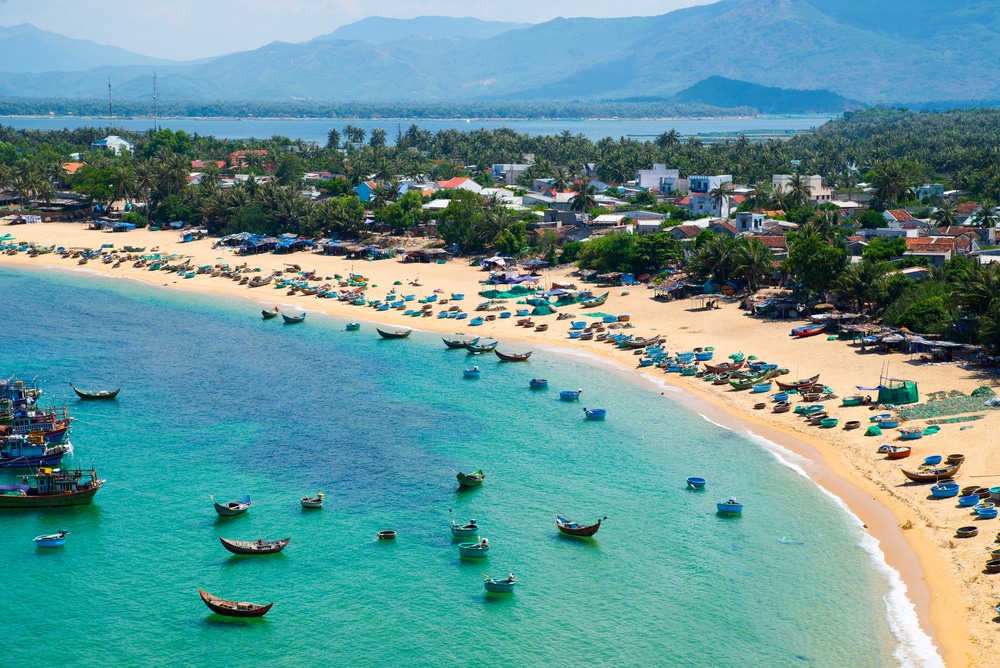
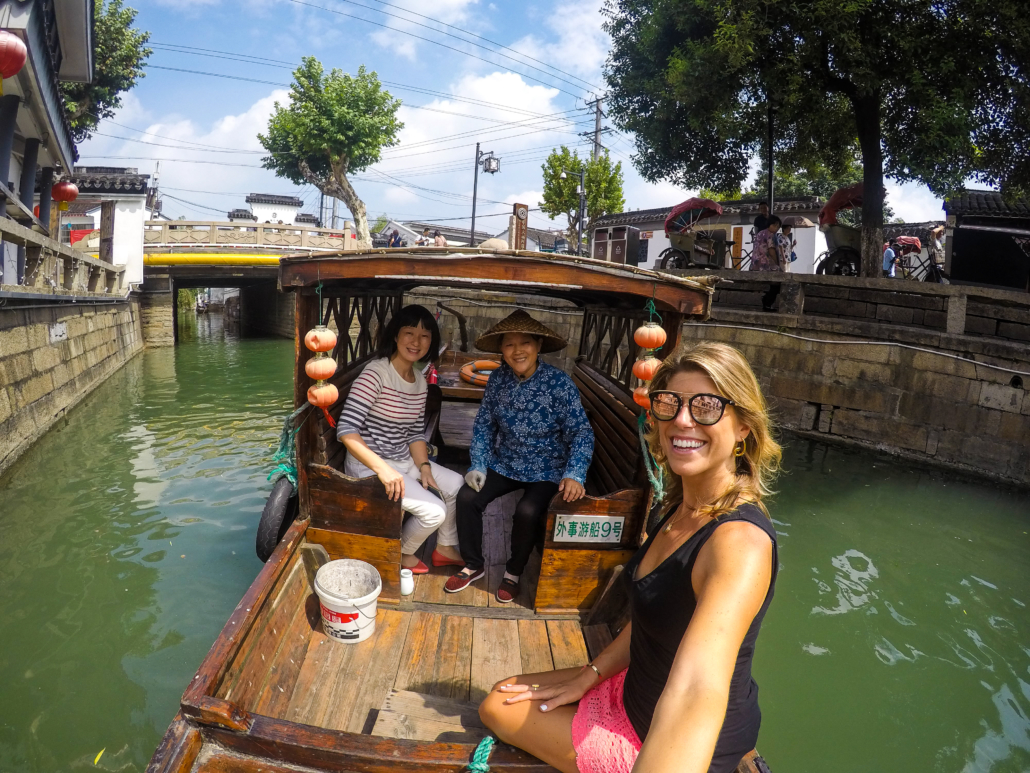
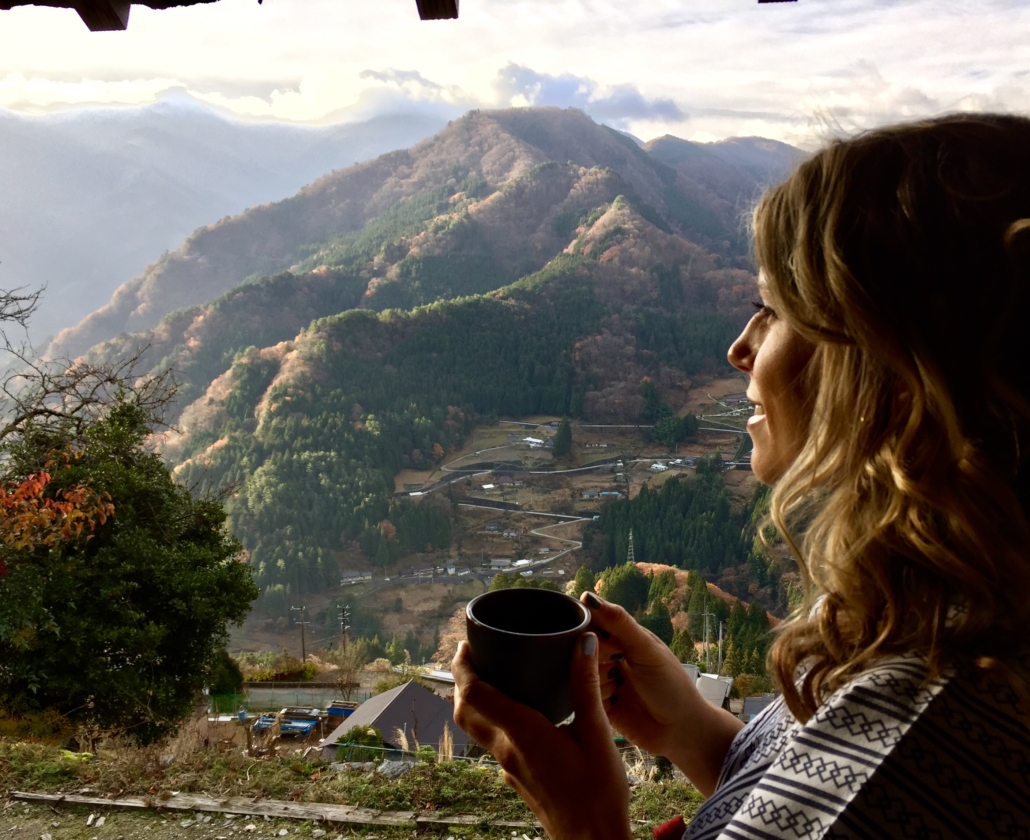
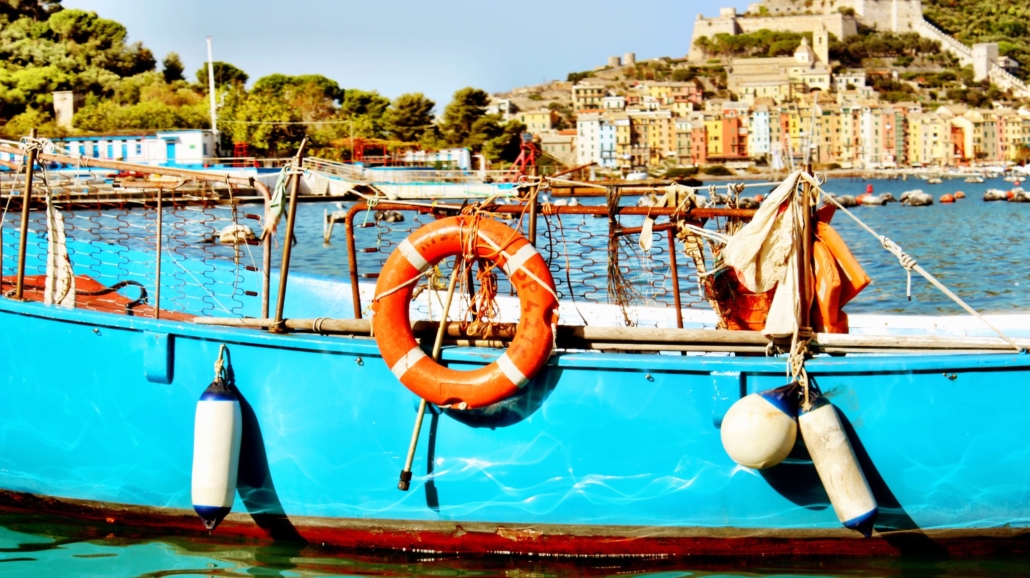
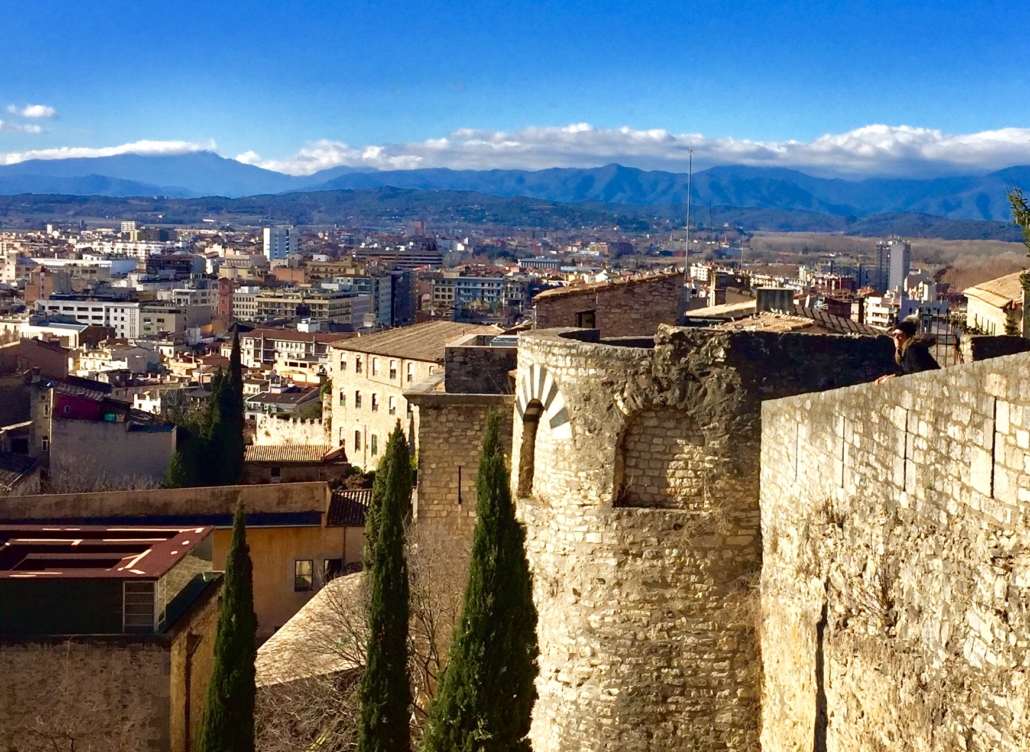
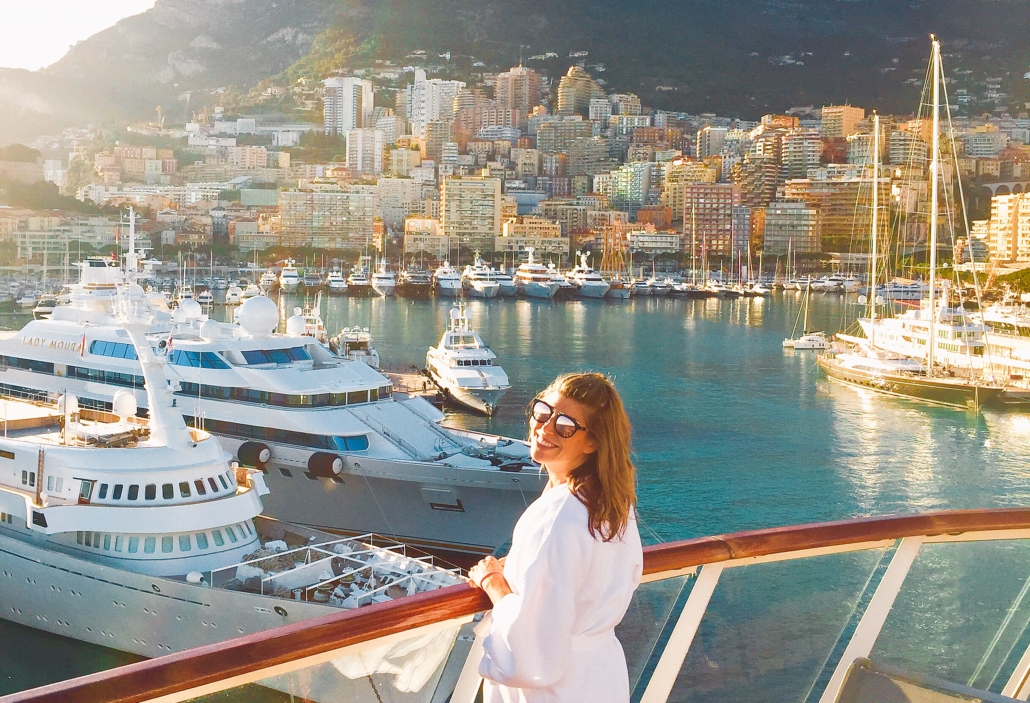
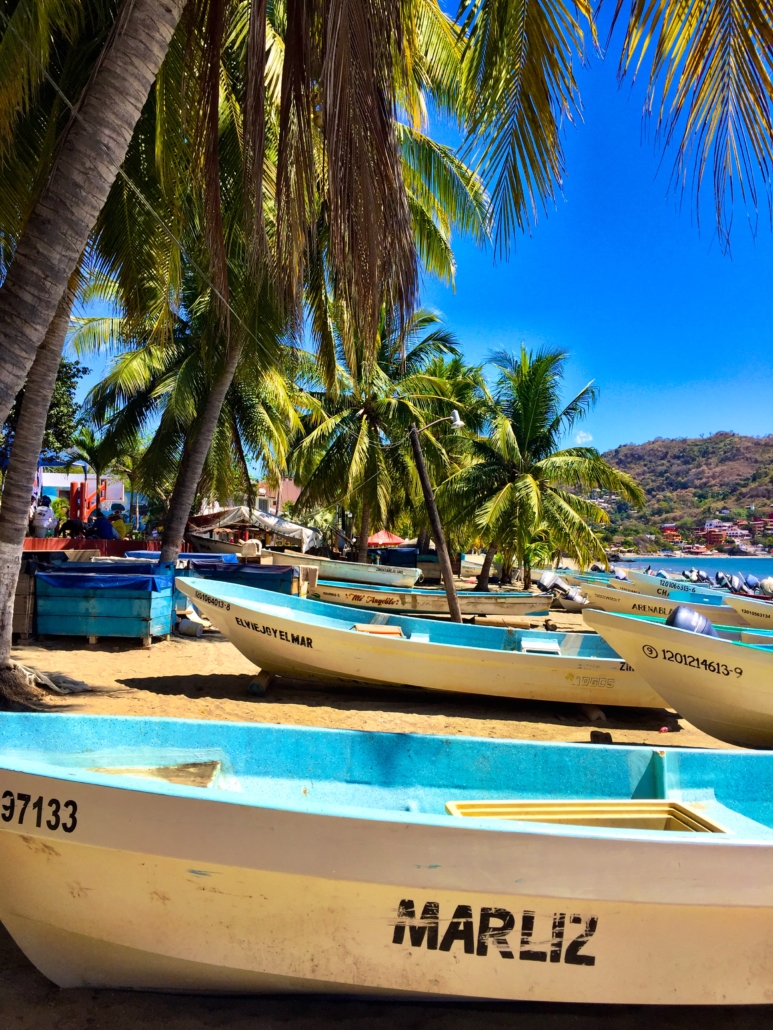
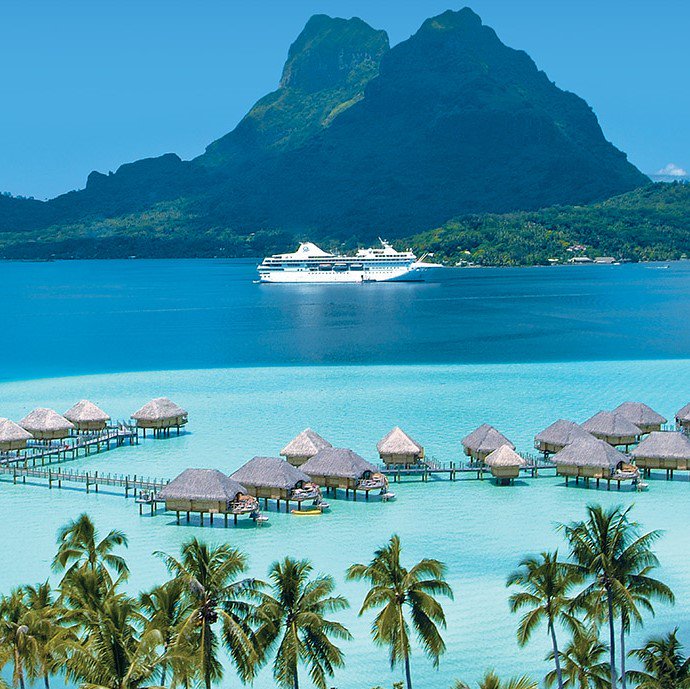
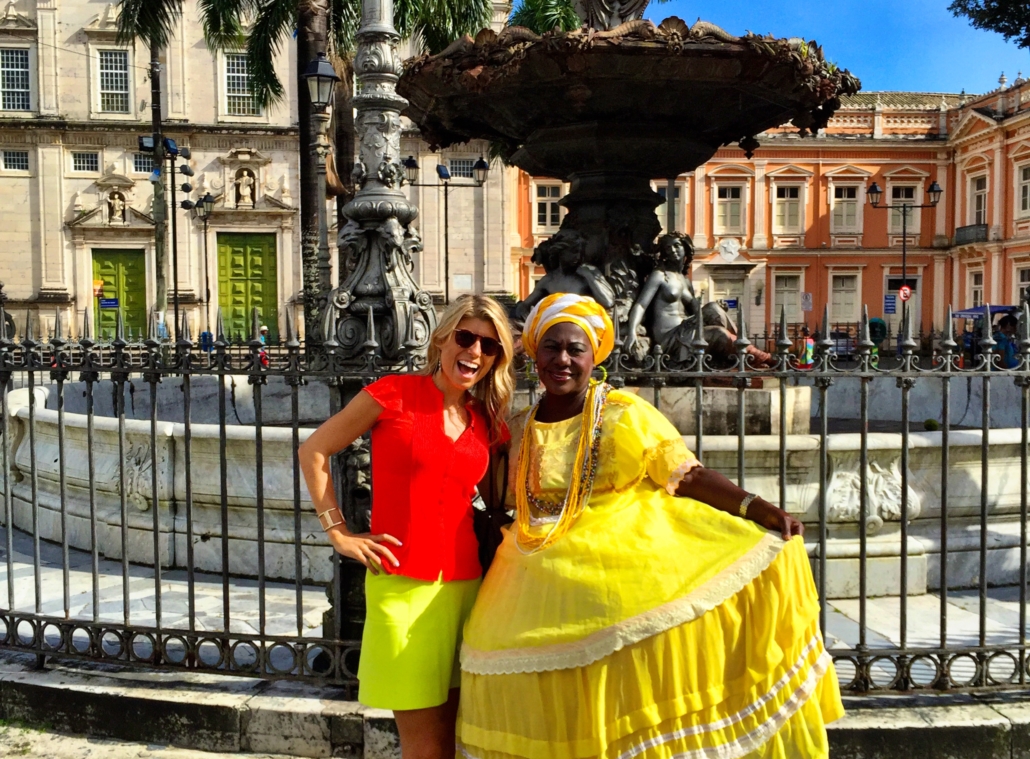
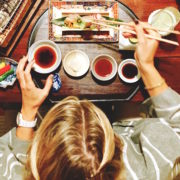
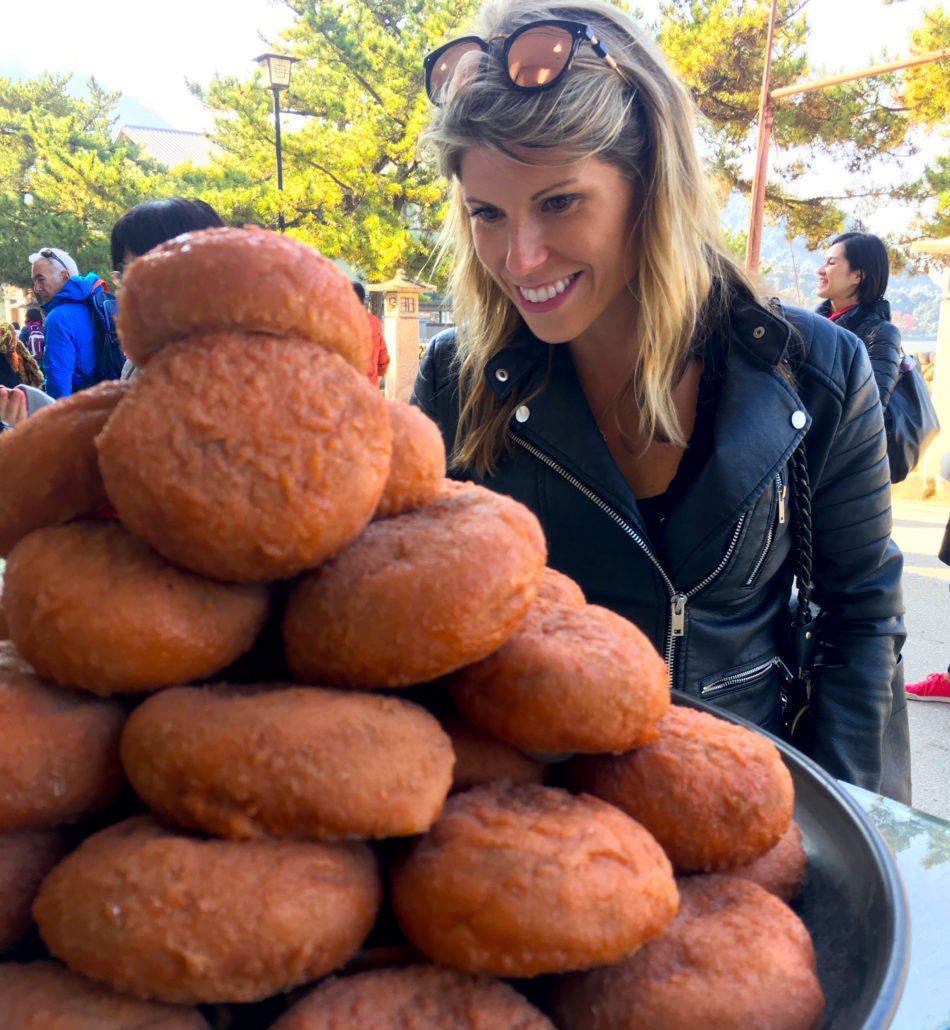
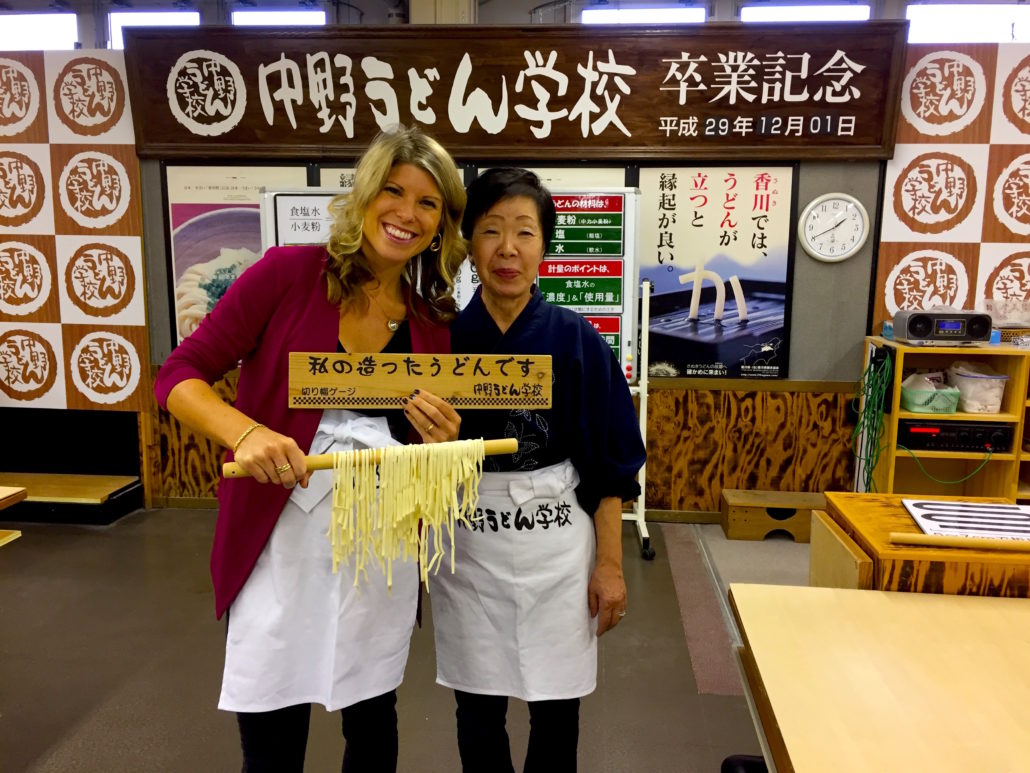
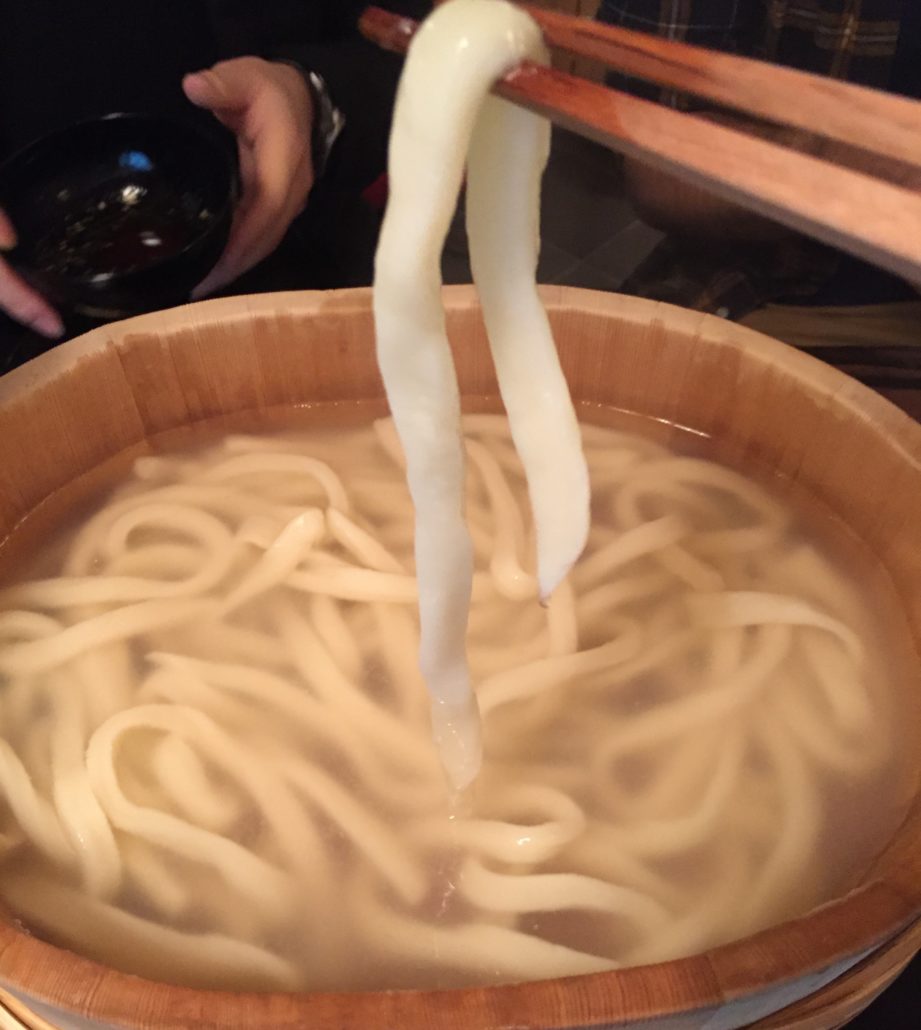
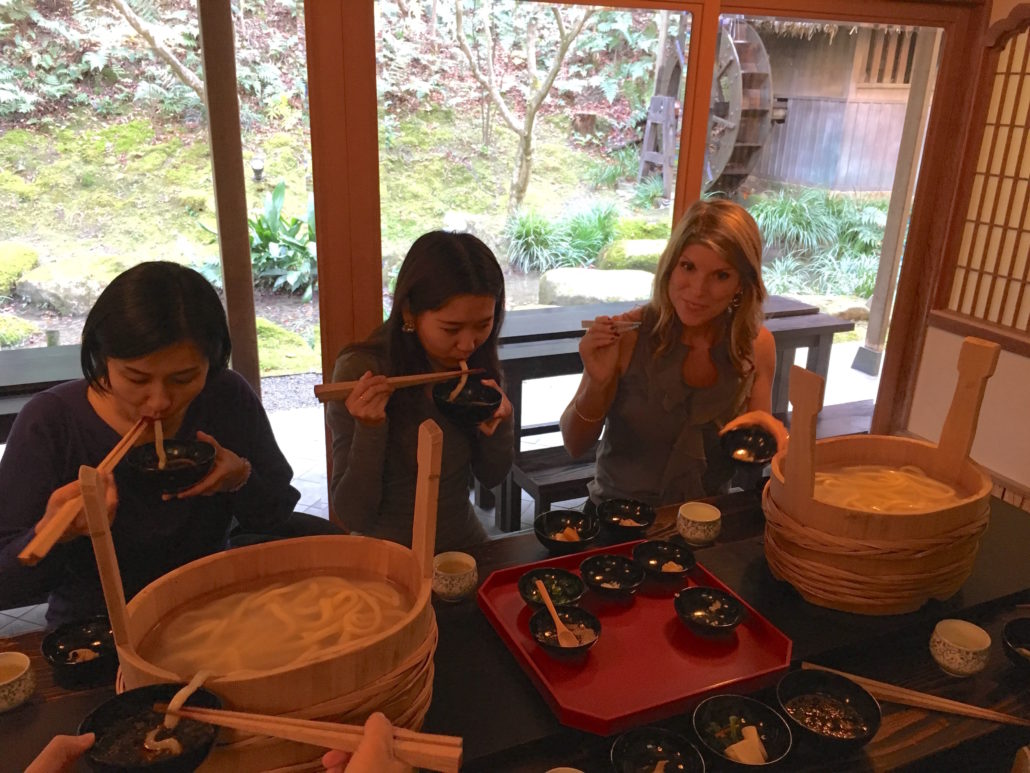
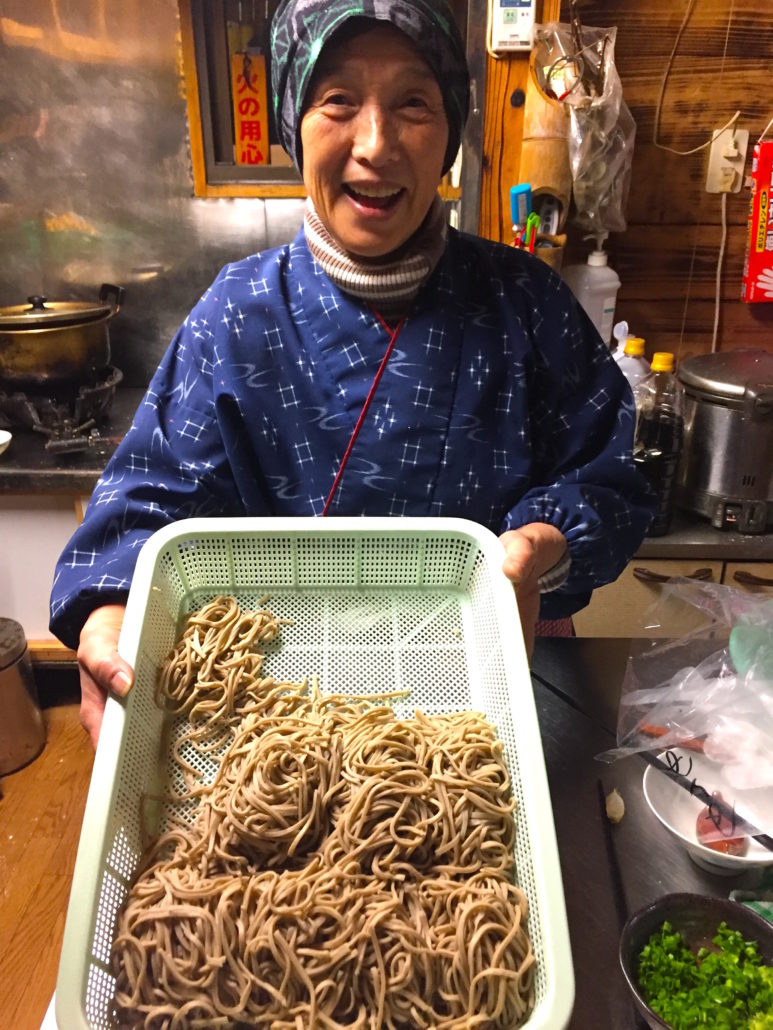
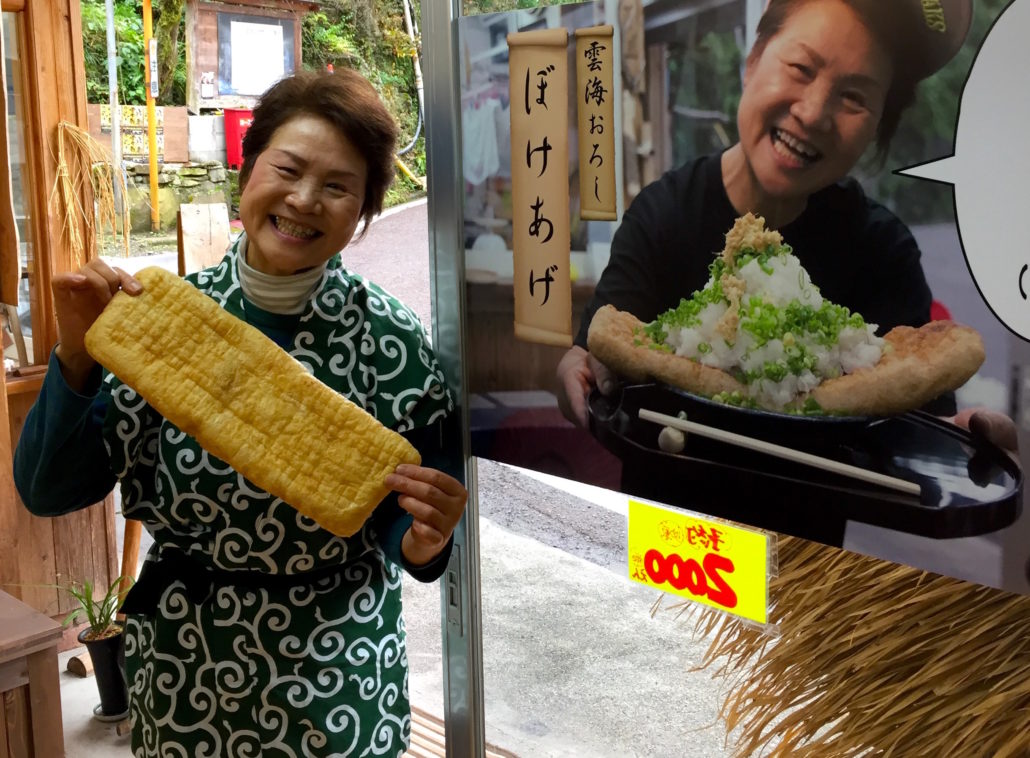 I drank copious amounts of tea while in Japan–it is served at every meal! But I developed a new love of matcha tea when we tried it at a roadside stop of another tiny mountain town in the Iya Valley. We were welcomed in with song, dance and costume by the proprietor, a spry, smiley older woman that is known for her enthusiasm.
I drank copious amounts of tea while in Japan–it is served at every meal! But I developed a new love of matcha tea when we tried it at a roadside stop of another tiny mountain town in the Iya Valley. We were welcomed in with song, dance and costume by the proprietor, a spry, smiley older woman that is known for her enthusiasm.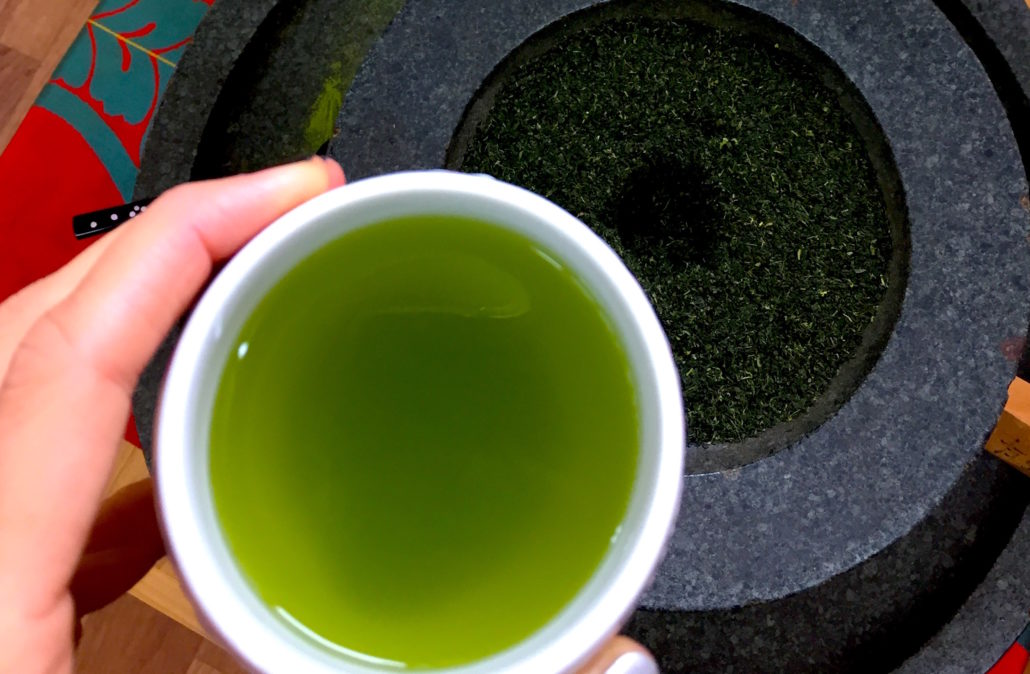
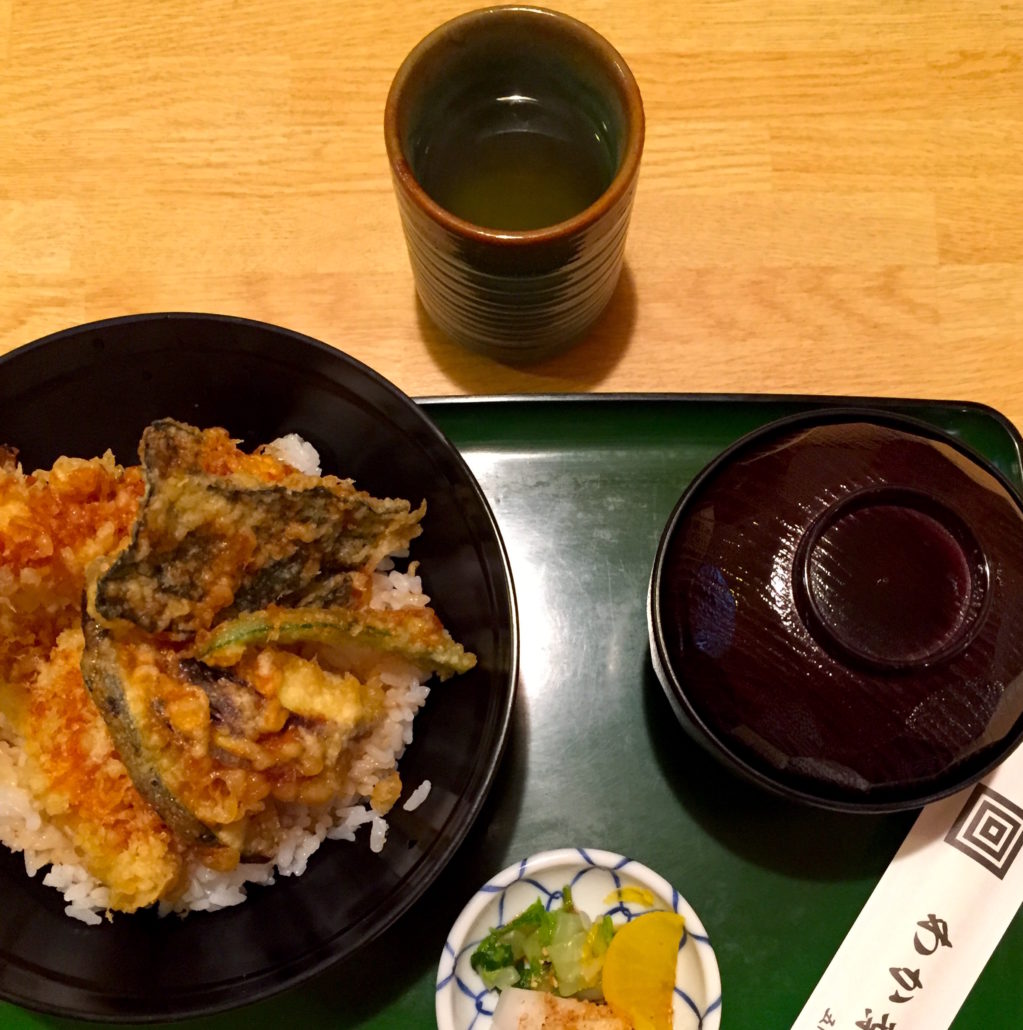
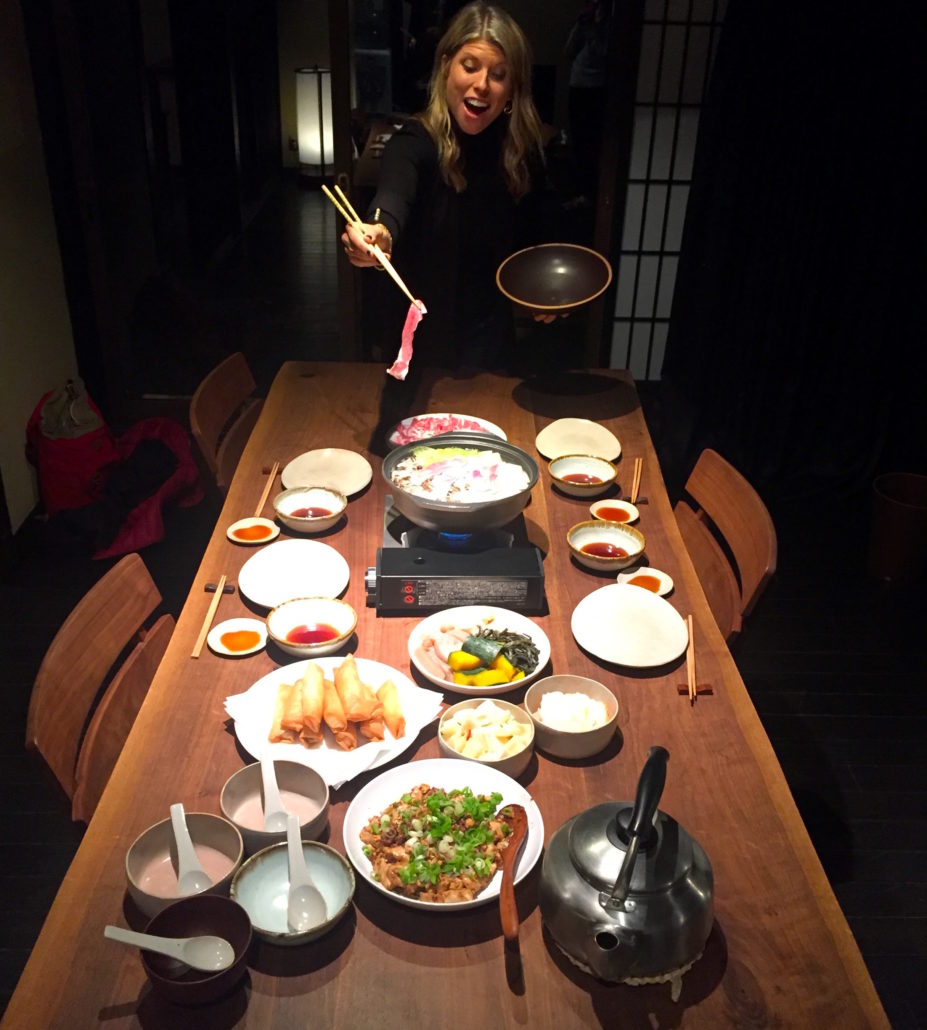
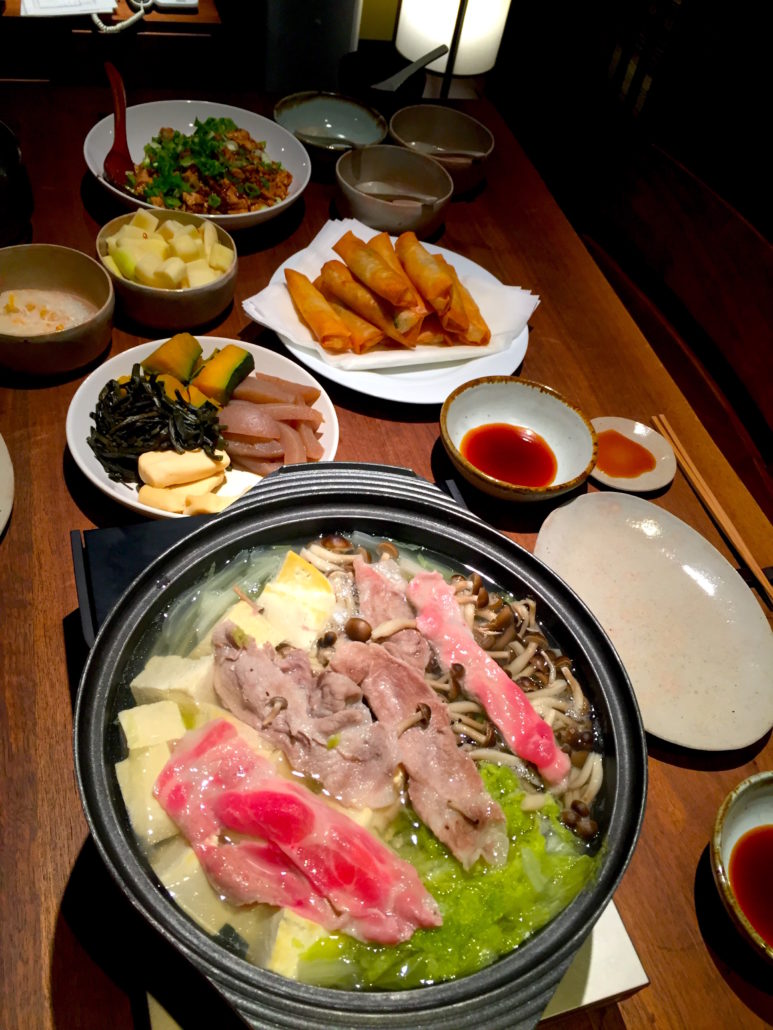
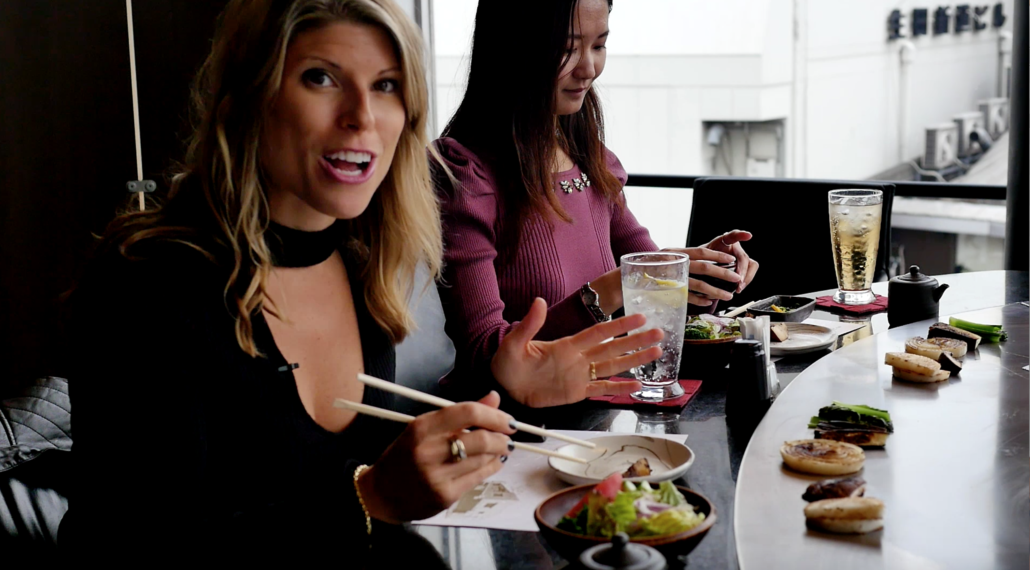
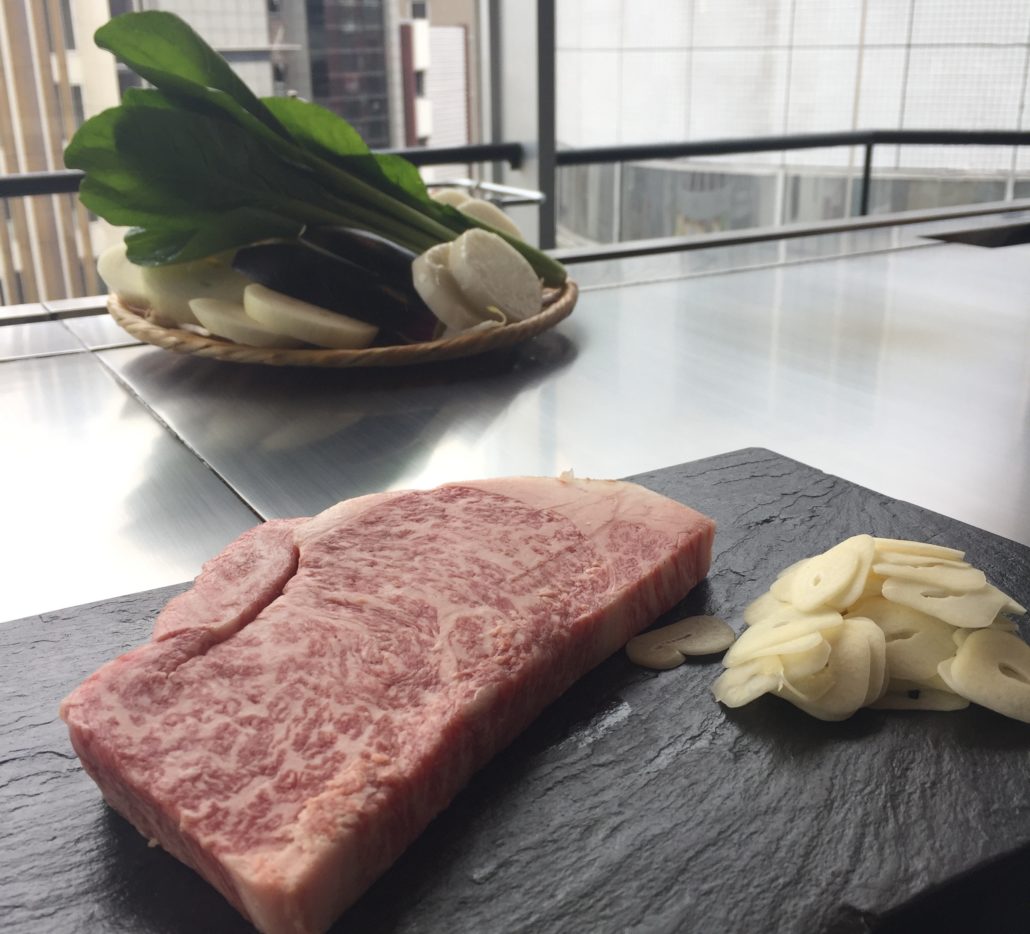
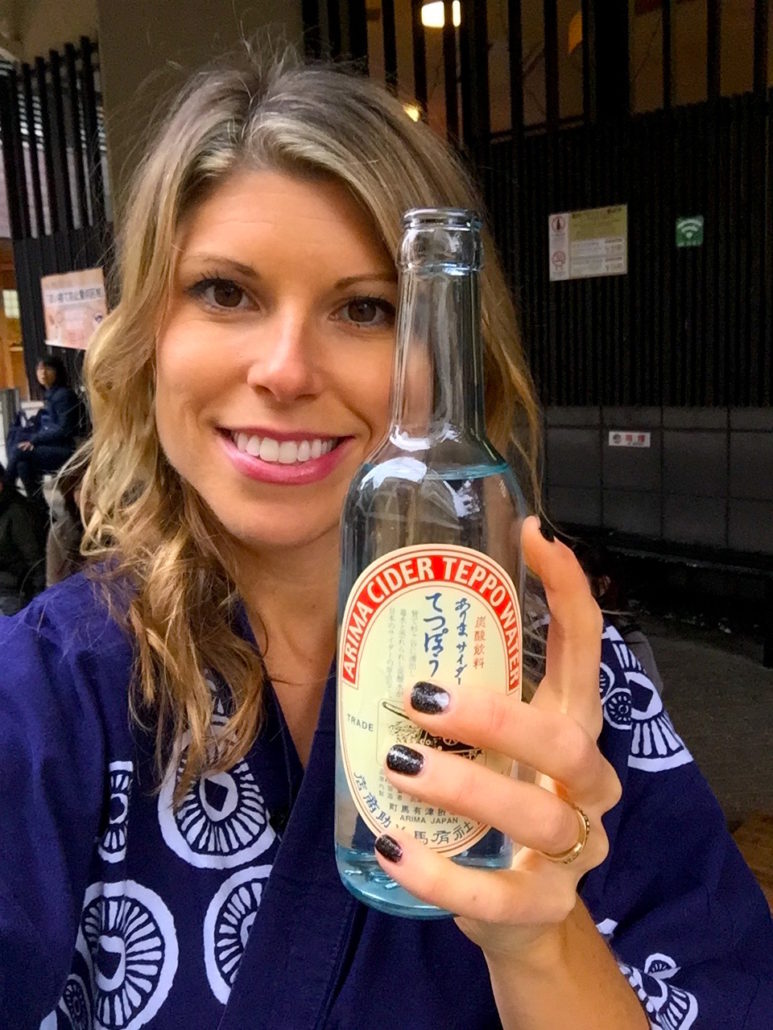
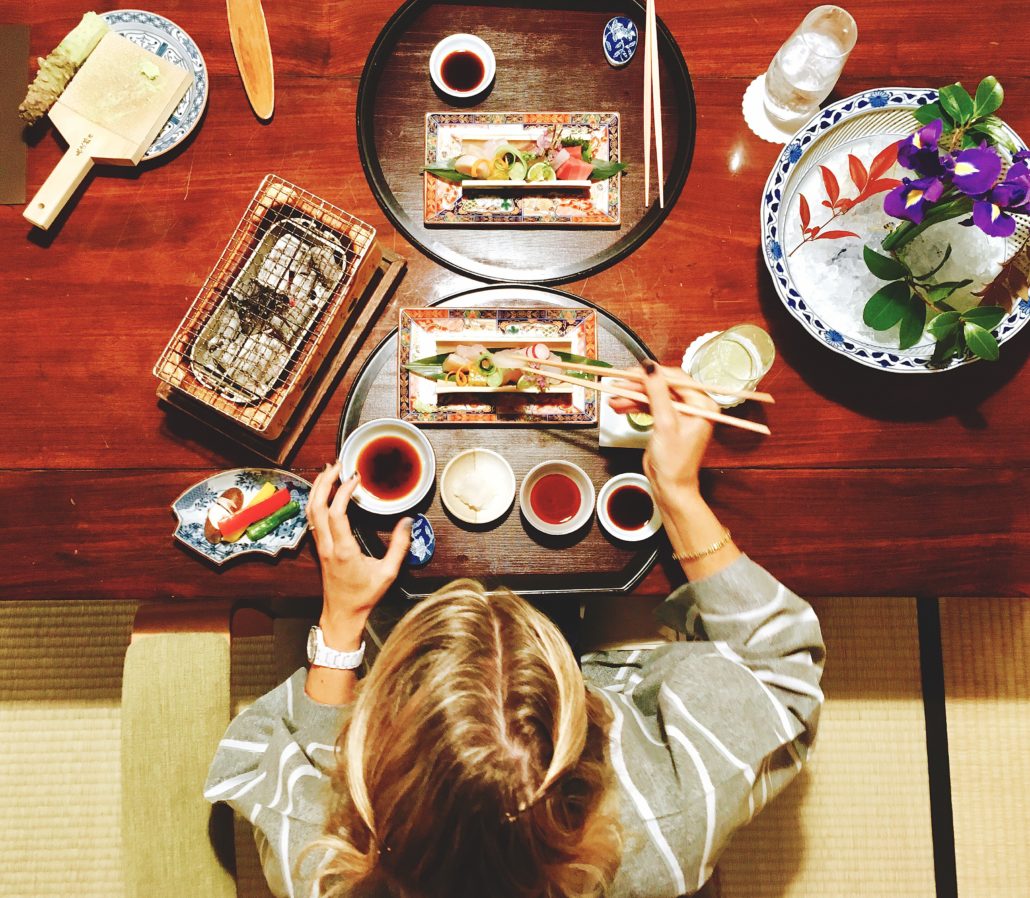
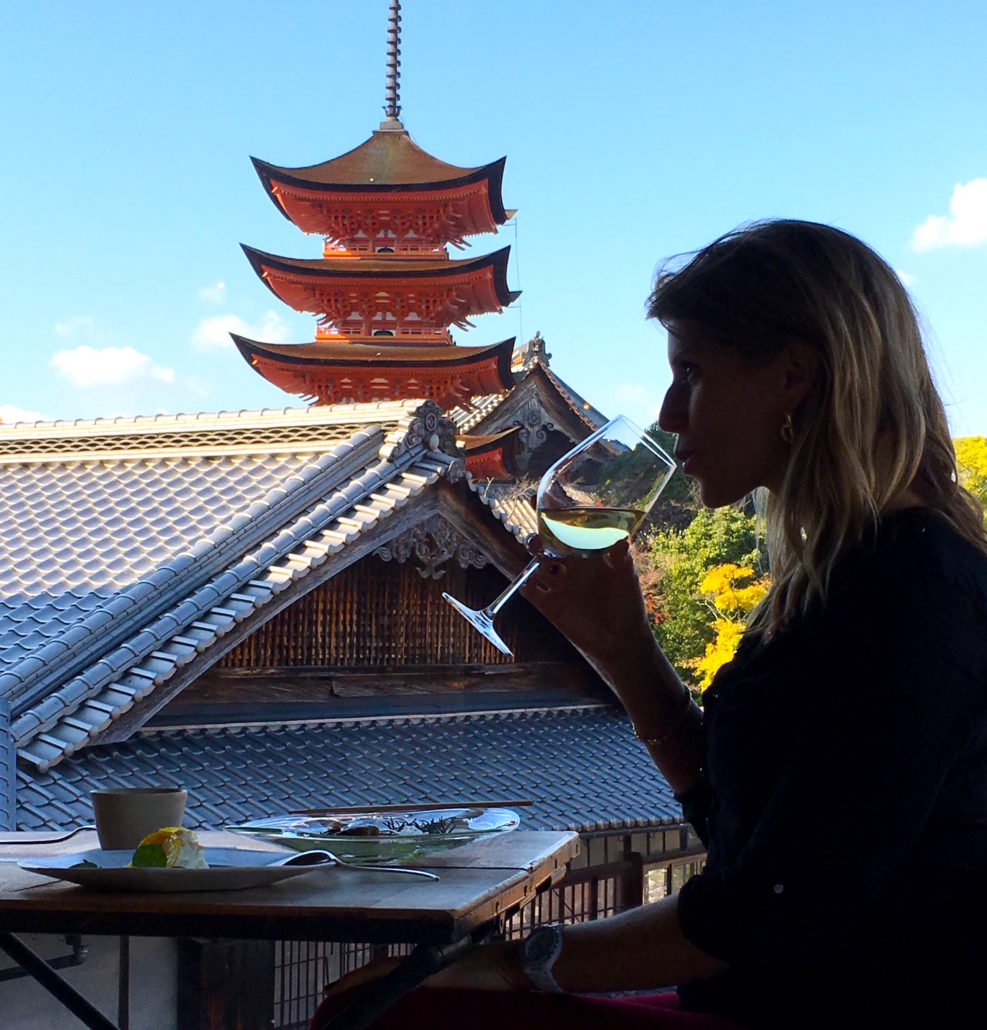
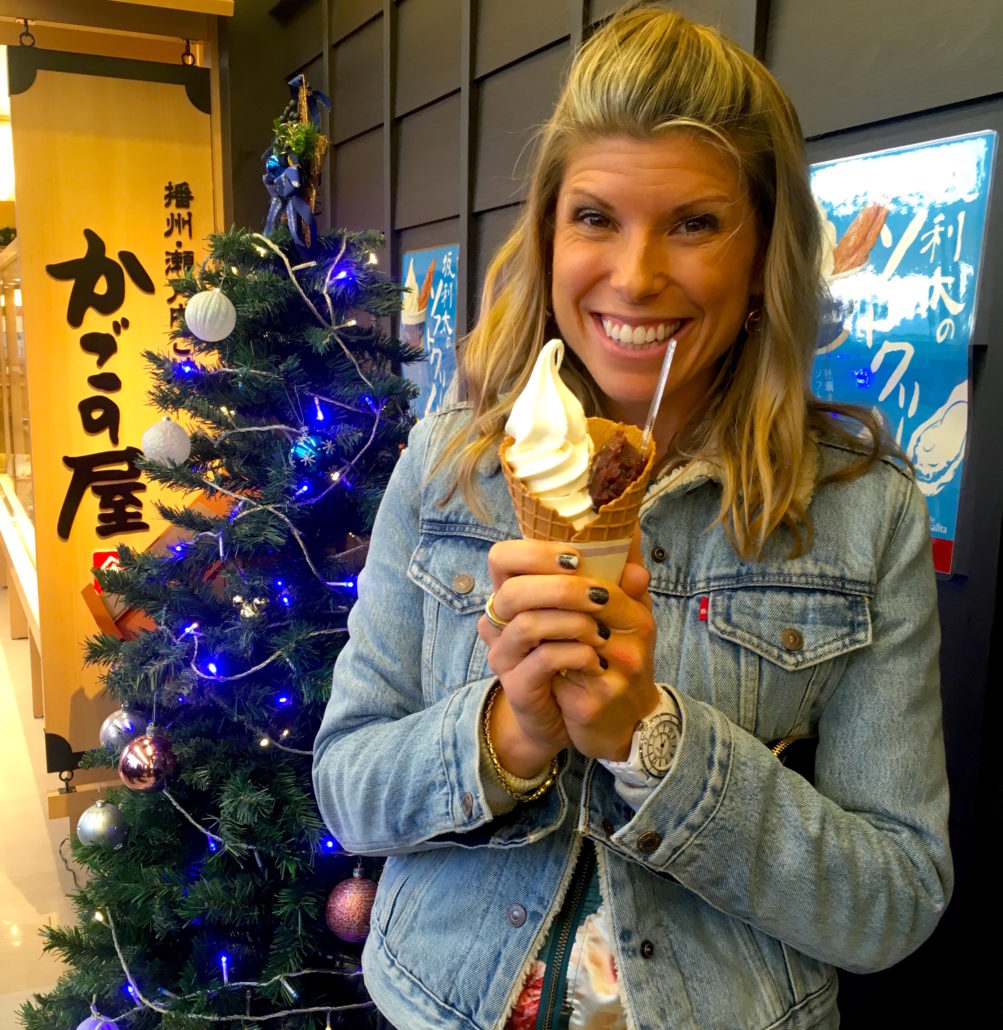
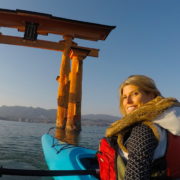
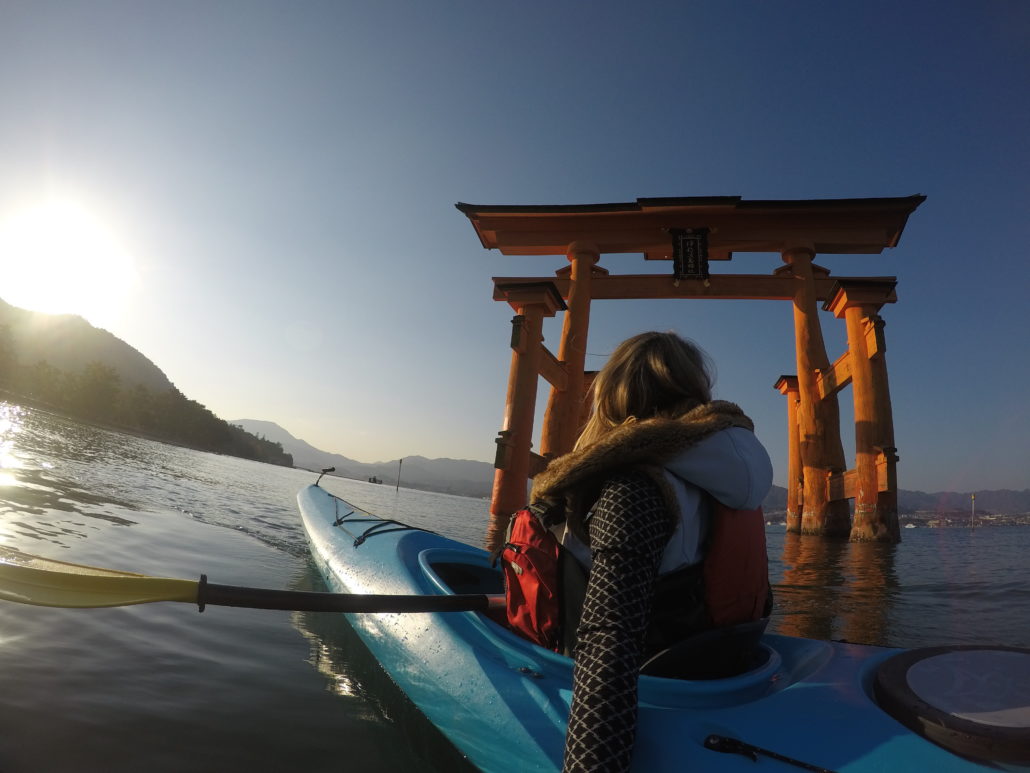
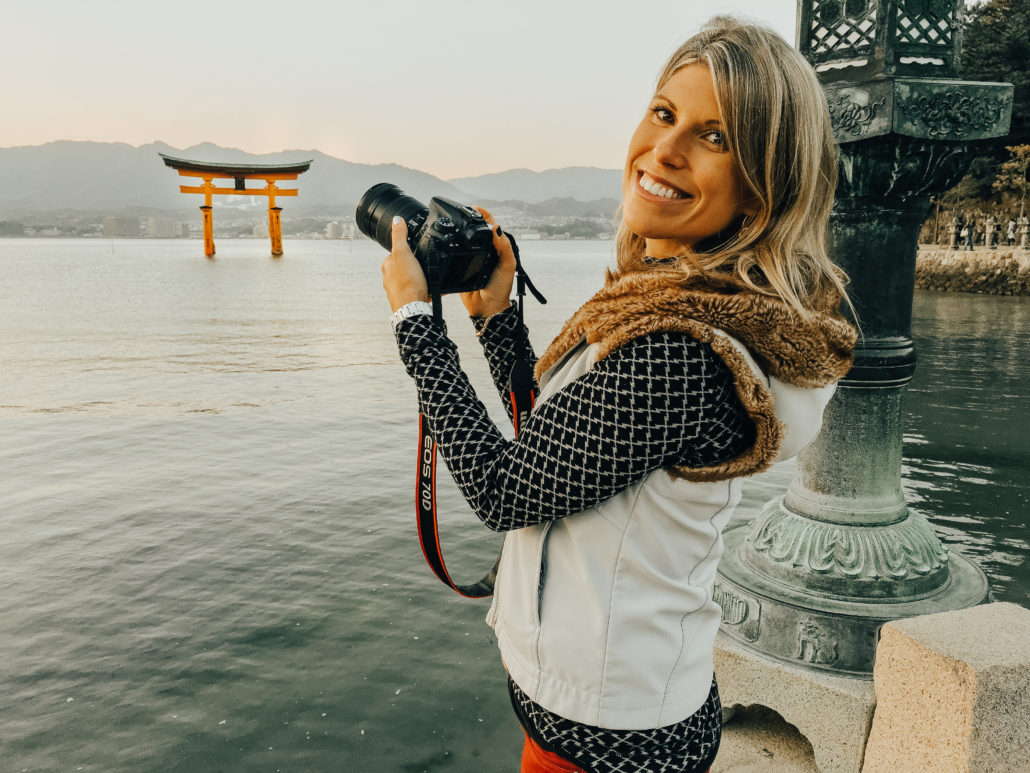
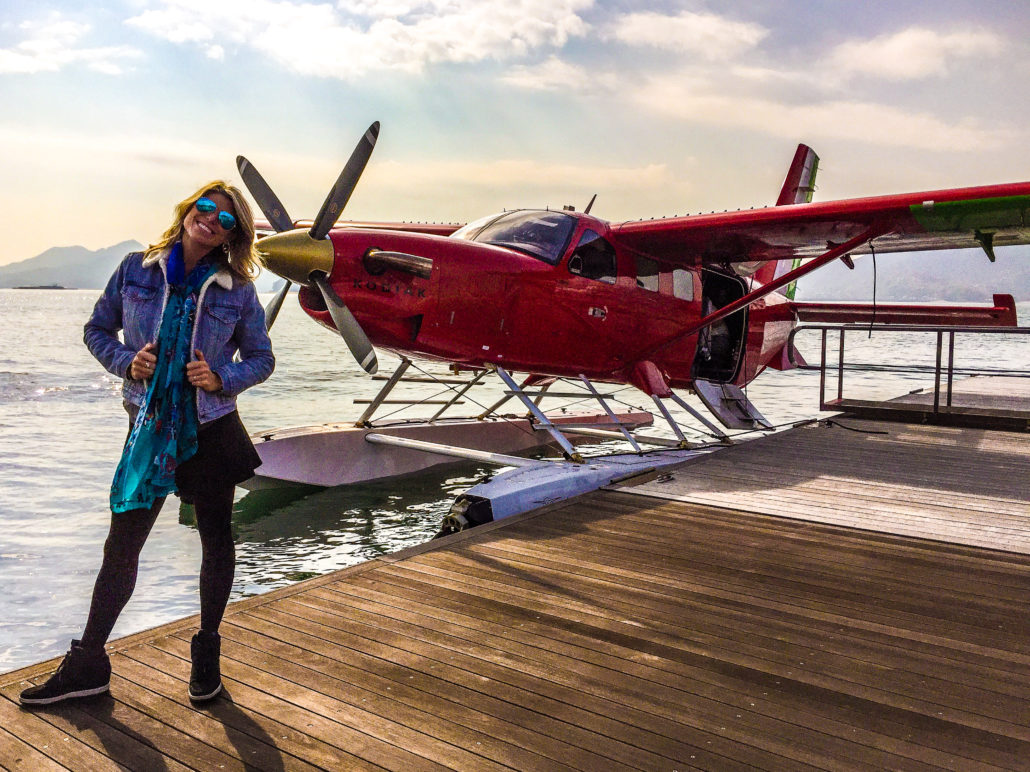
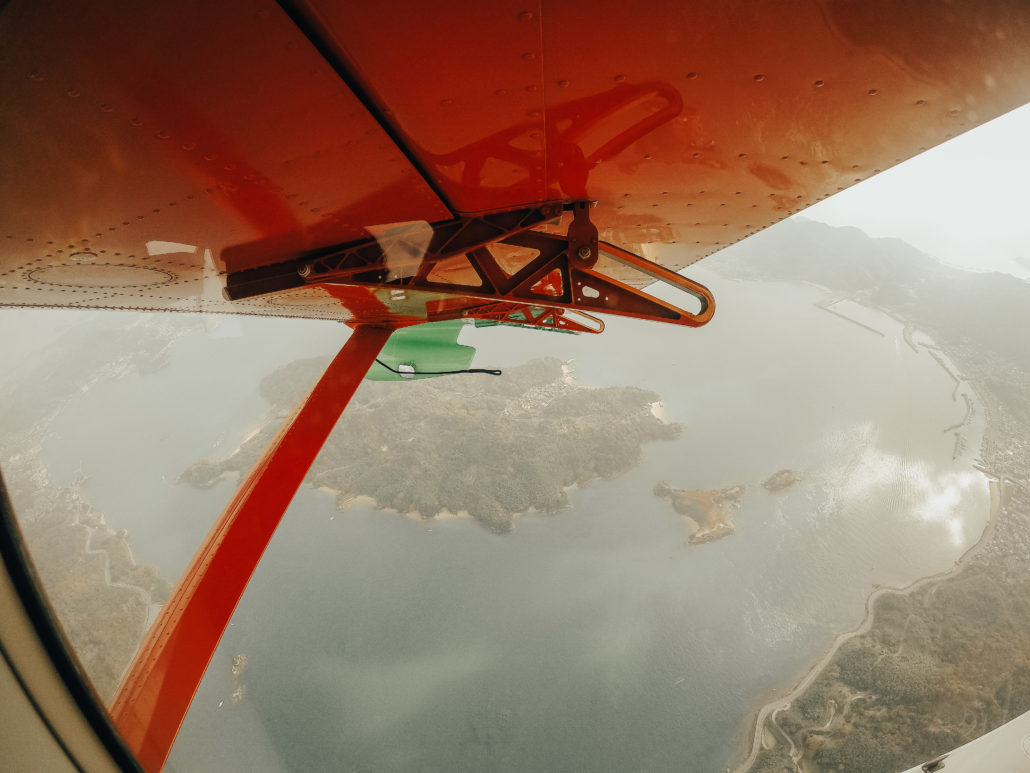
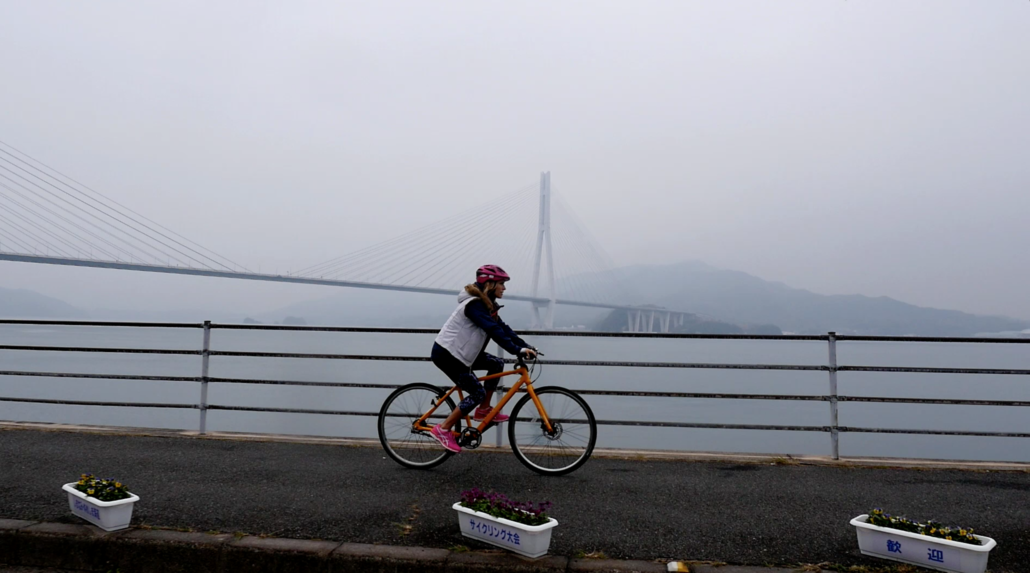
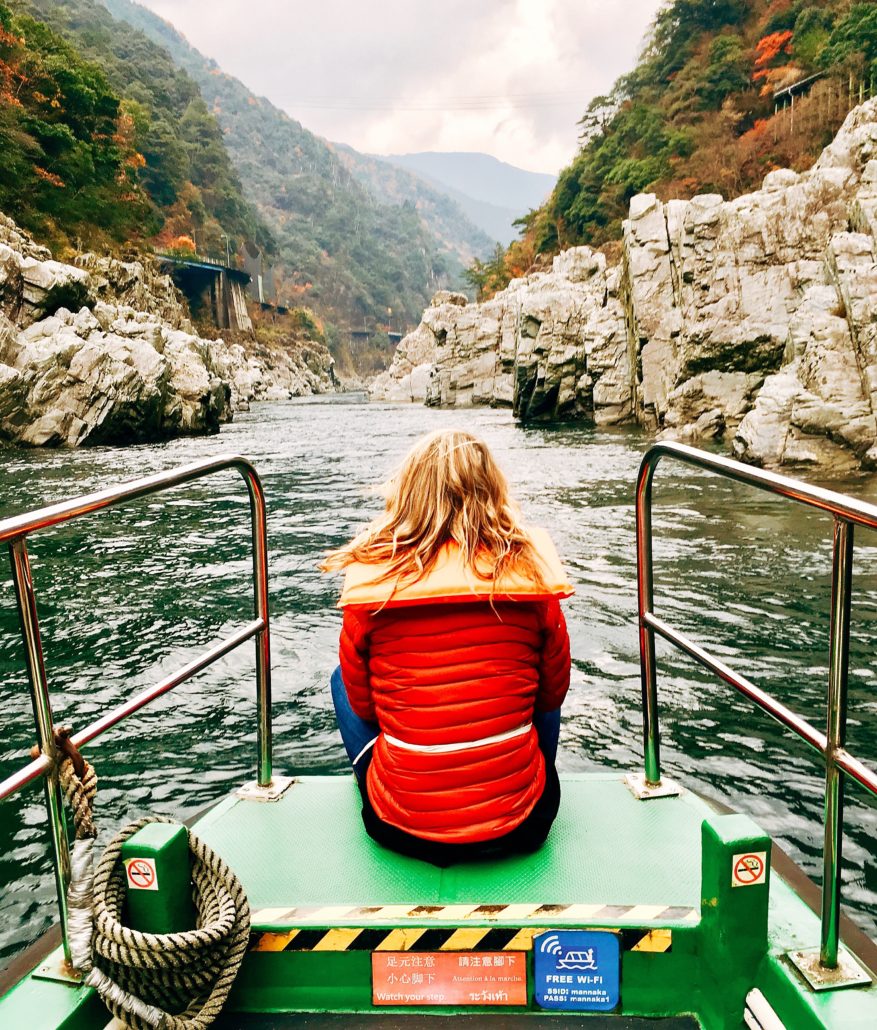
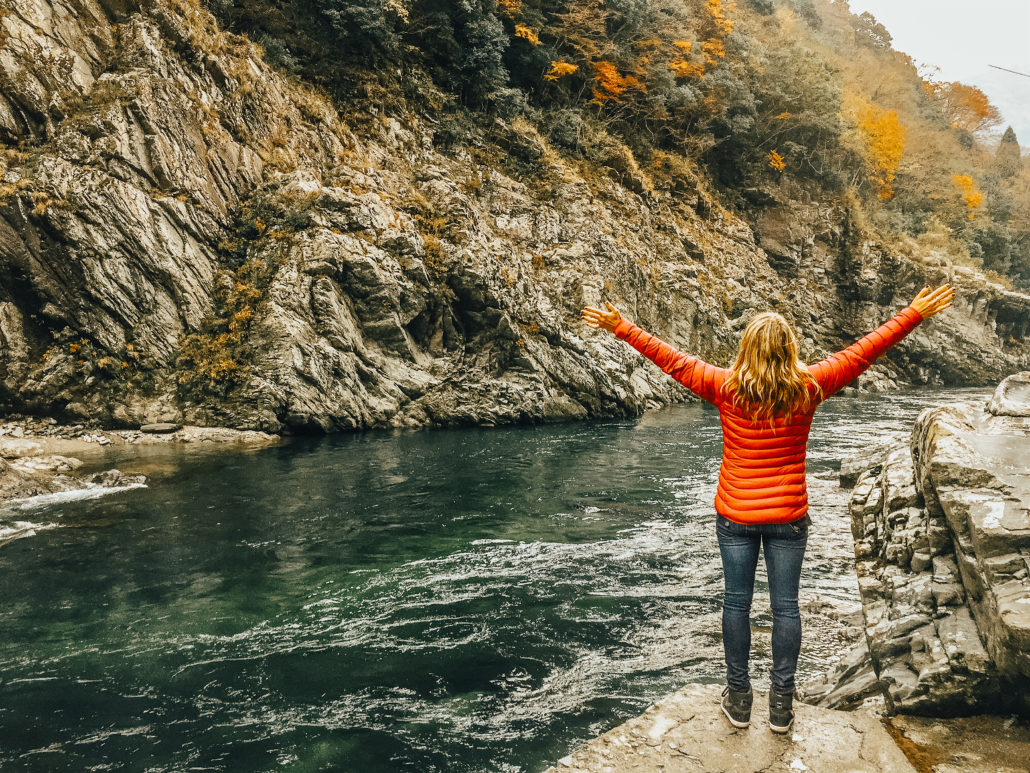
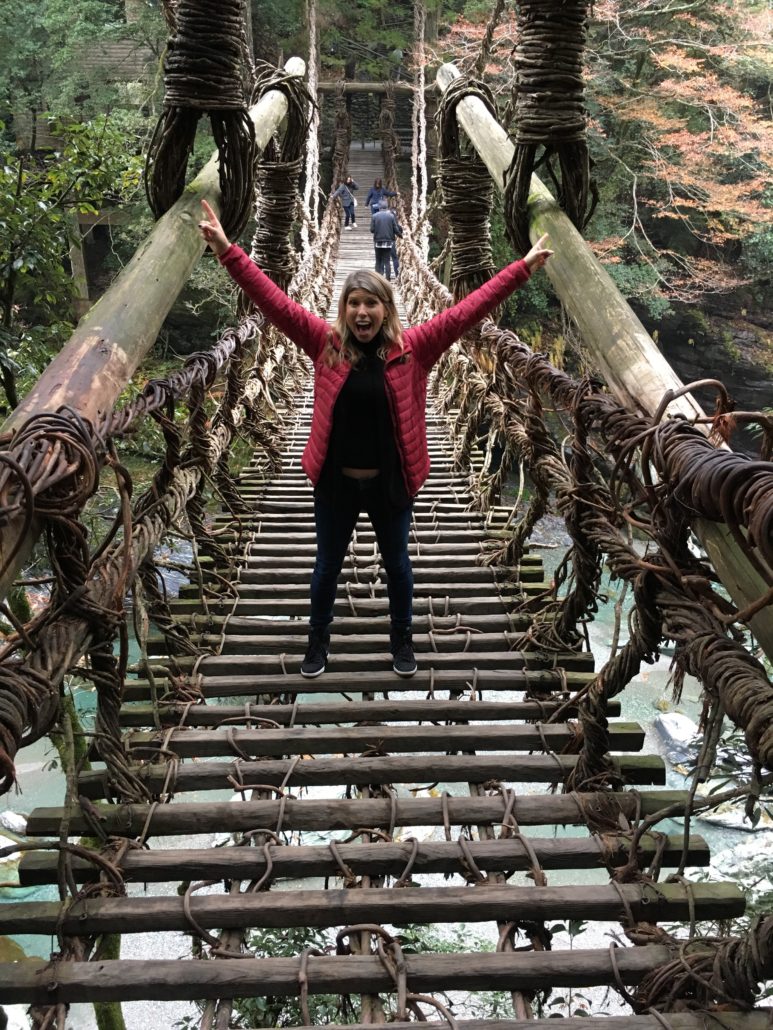
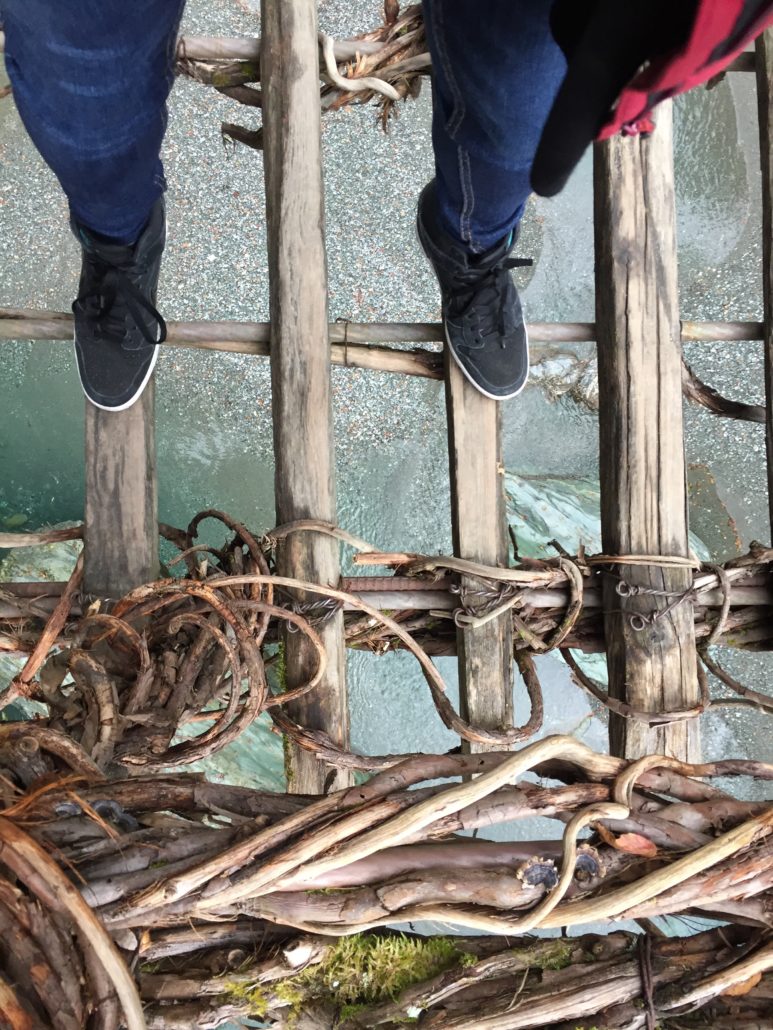
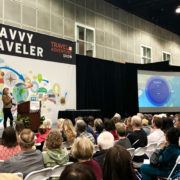
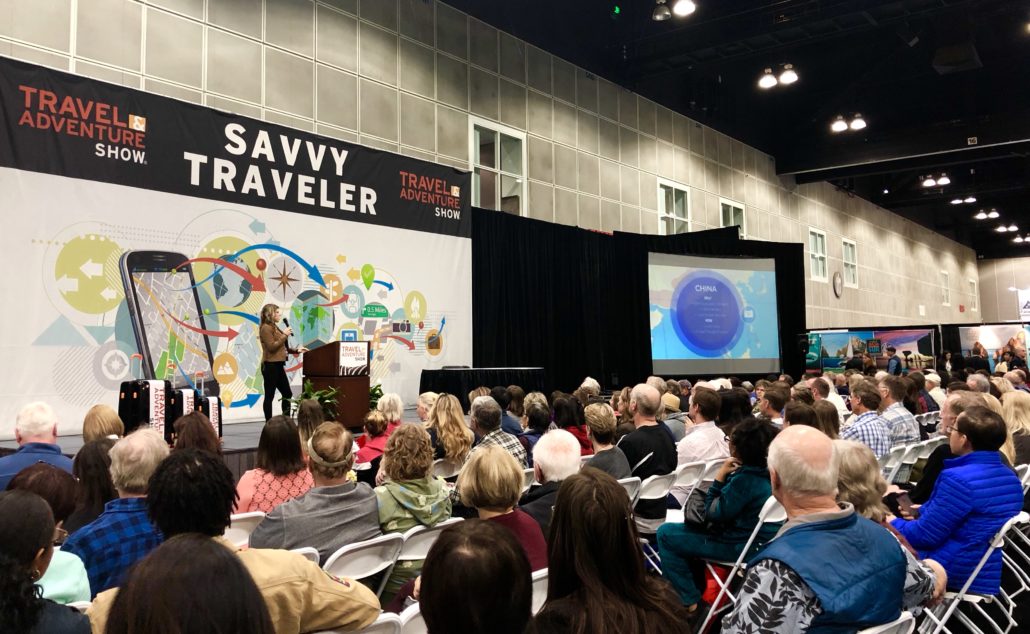 Both Saturday and Sunday offered a full schedule of speakers, and each gave compelling and useful travel advice based on their own expertise. I enjoyed learning how to better take advantage of my travel points from Brian Kelly of The Points Guy, and of course, learning about travel trends from Pauline Frommer. Other notable speakers were Rick Steves, Samantha Brown and good friends Juliana Broste, Sarah Dandashy and Angel Castellanos.
Both Saturday and Sunday offered a full schedule of speakers, and each gave compelling and useful travel advice based on their own expertise. I enjoyed learning how to better take advantage of my travel points from Brian Kelly of The Points Guy, and of course, learning about travel trends from Pauline Frommer. Other notable speakers were Rick Steves, Samantha Brown and good friends Juliana Broste, Sarah Dandashy and Angel Castellanos. 
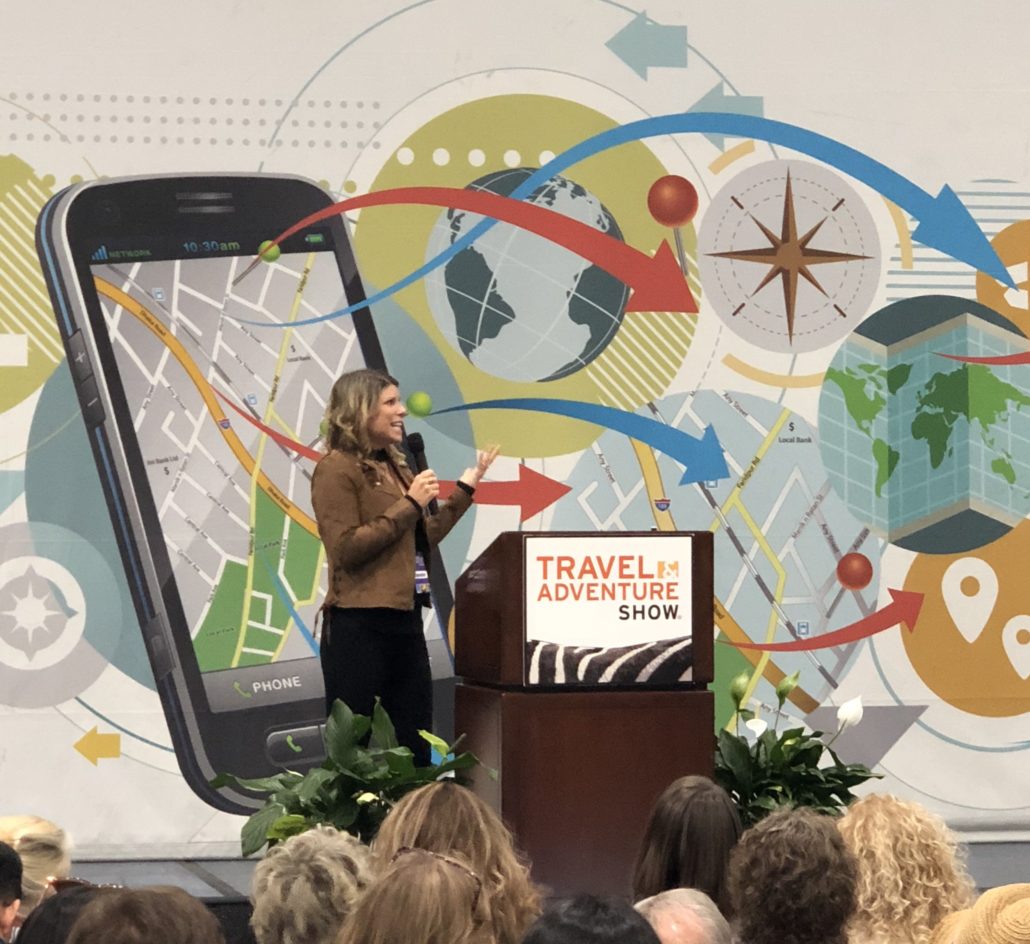
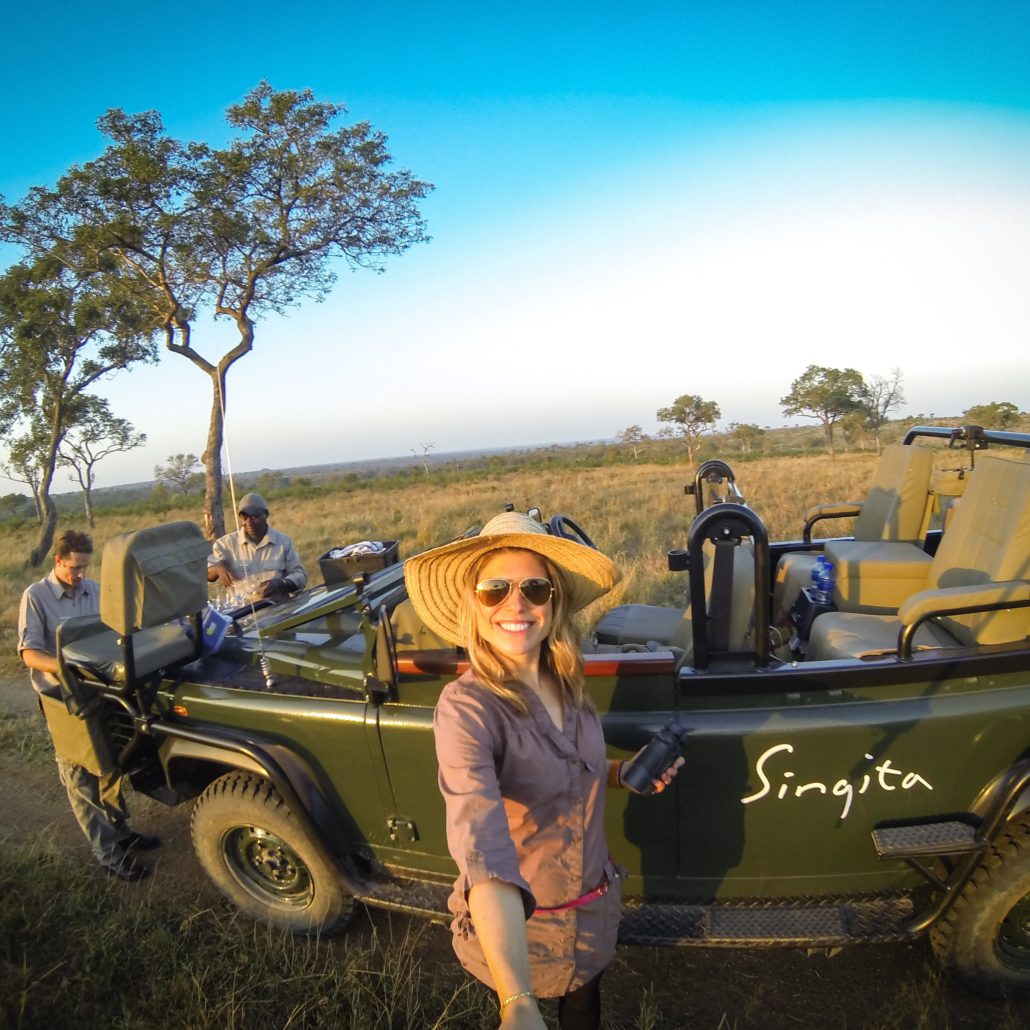 Why?
Why? 
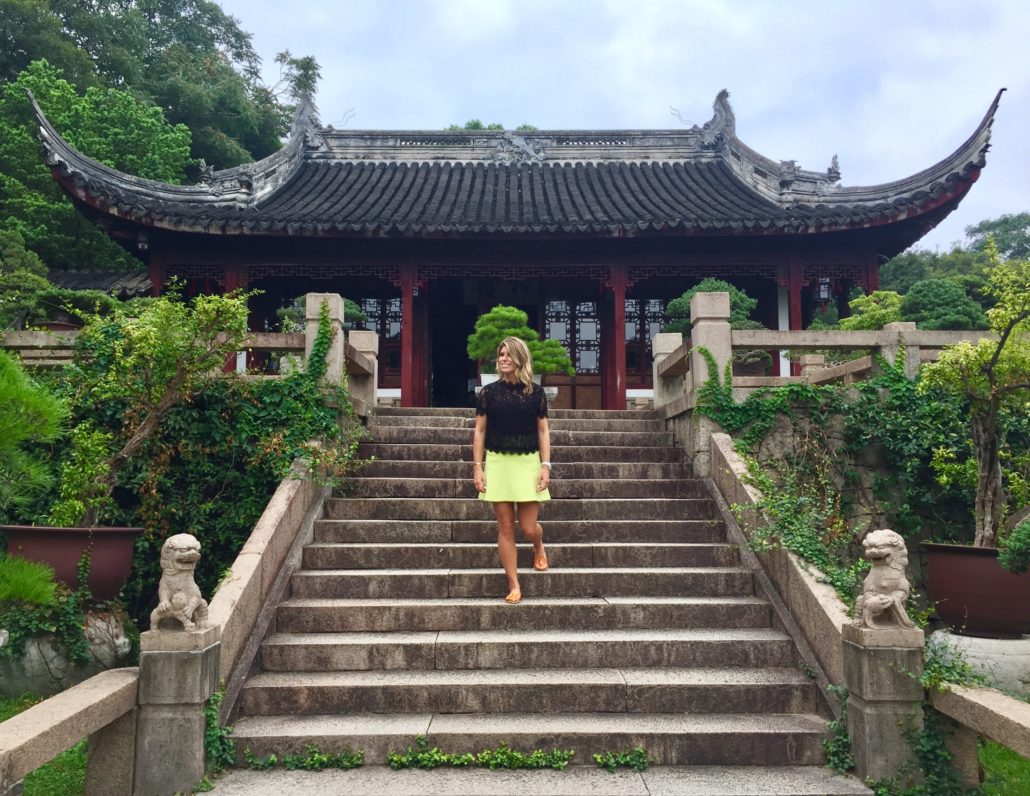
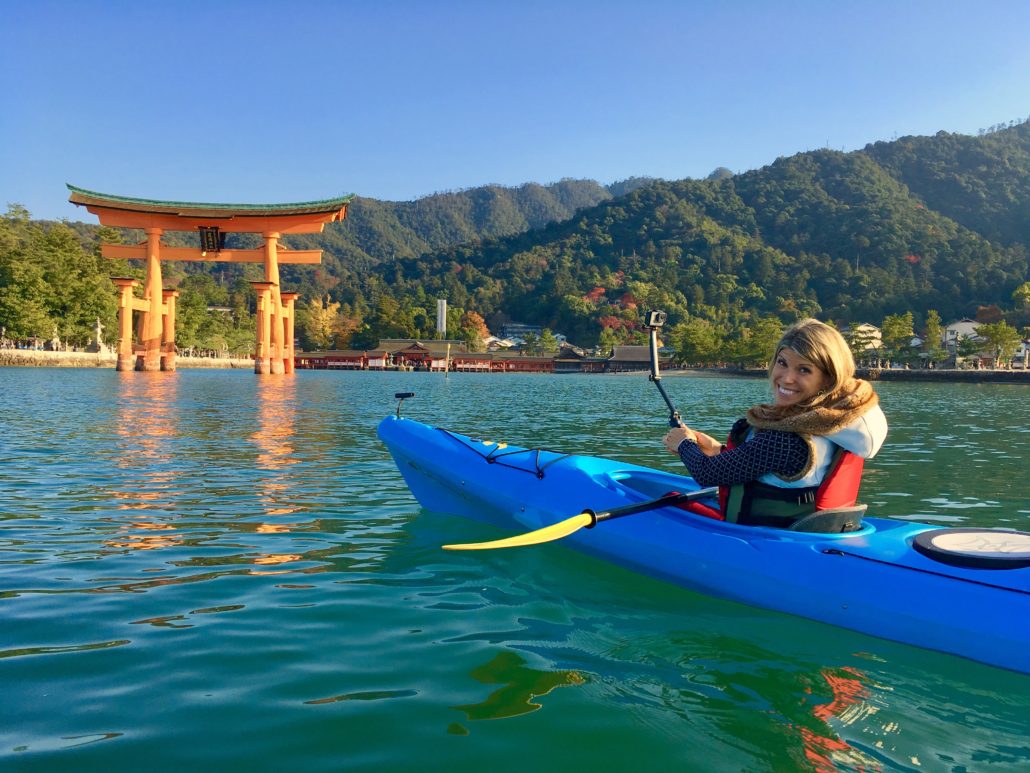
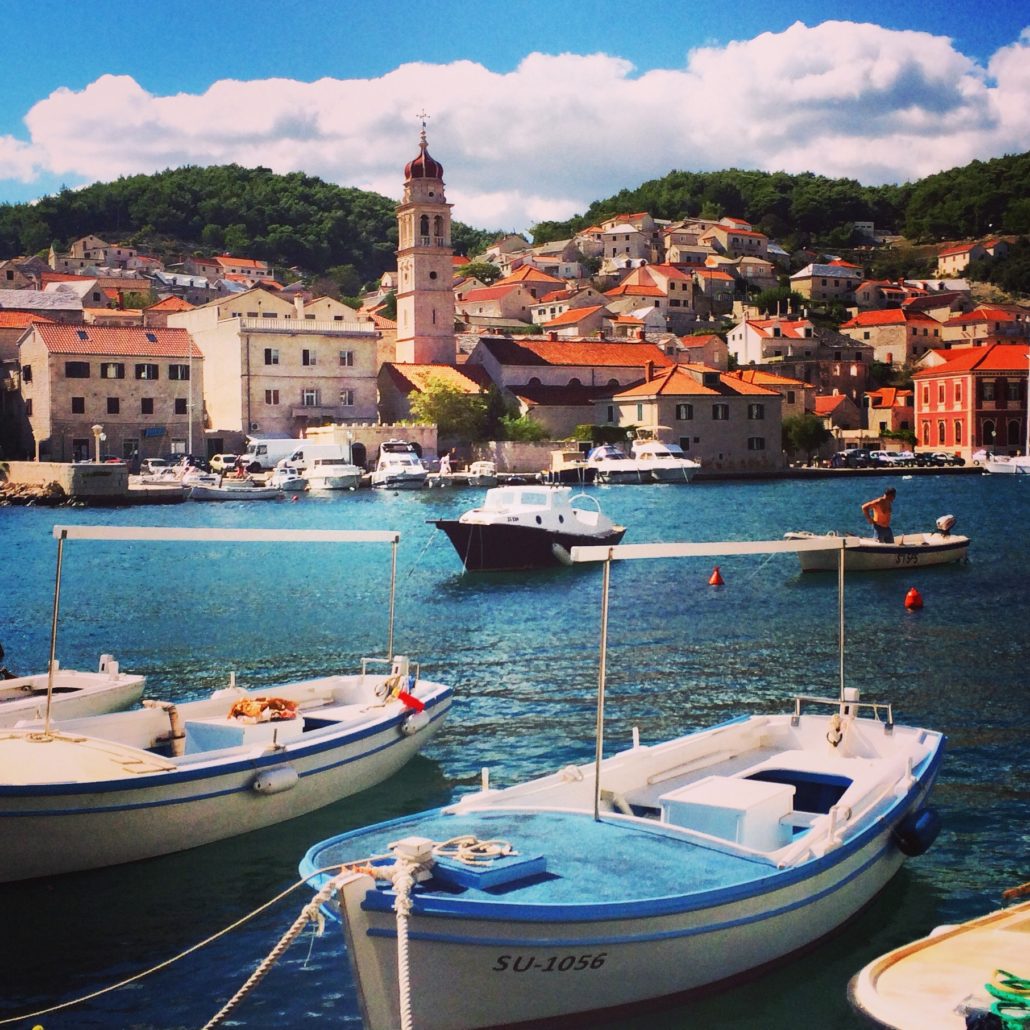
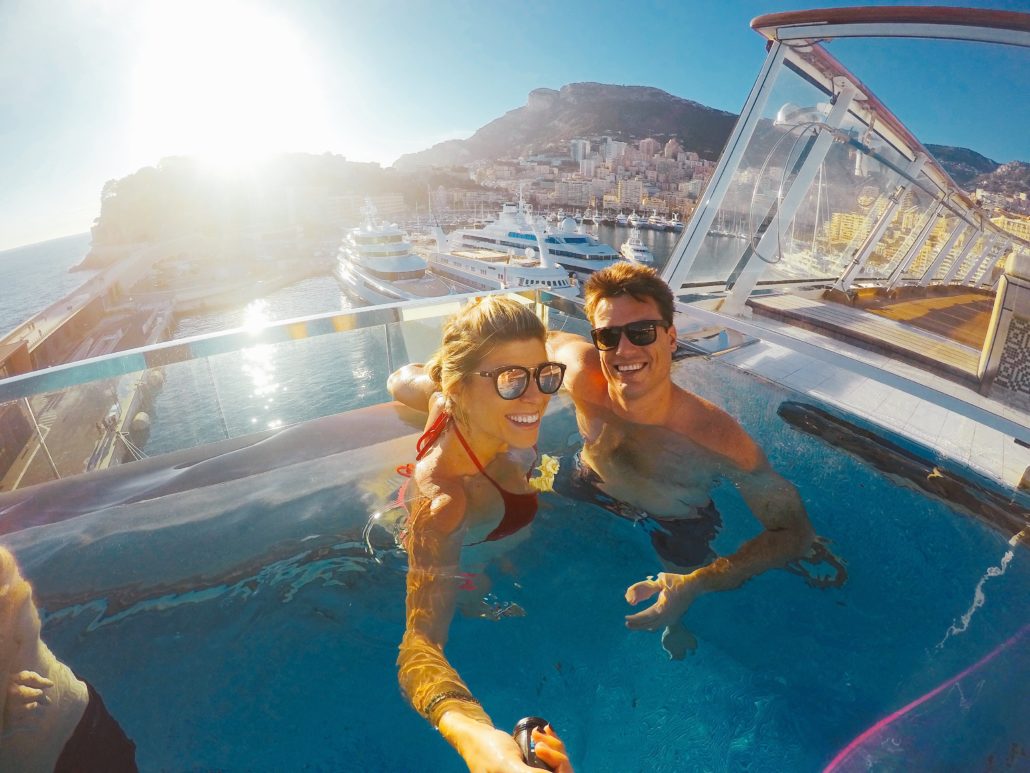
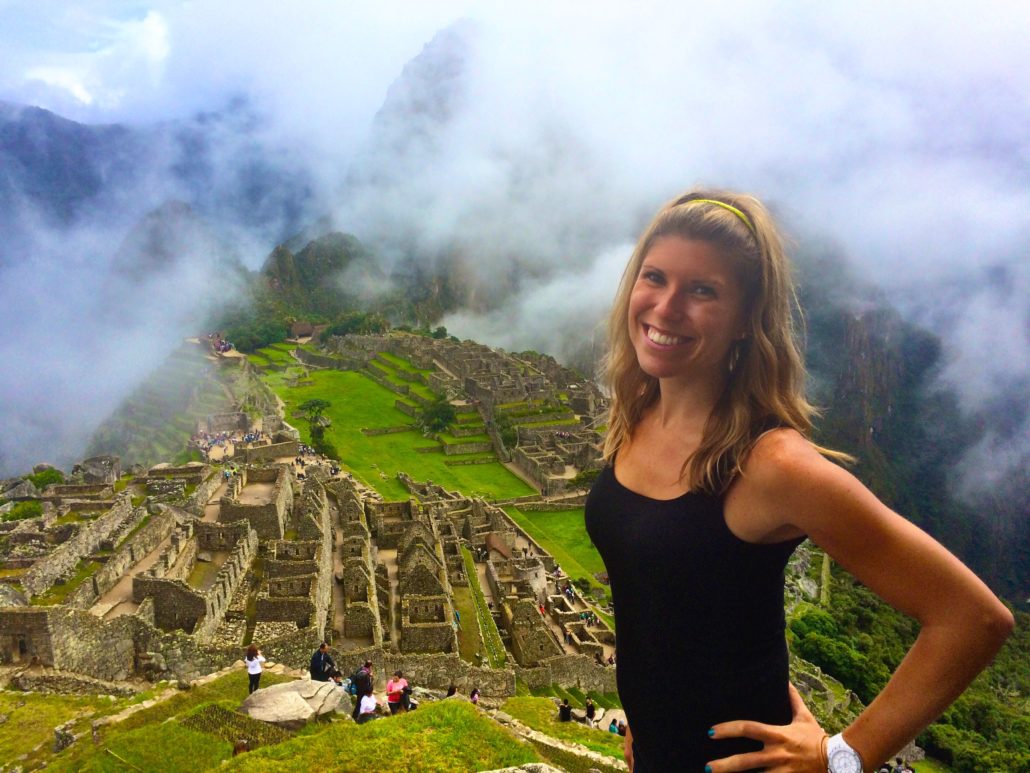
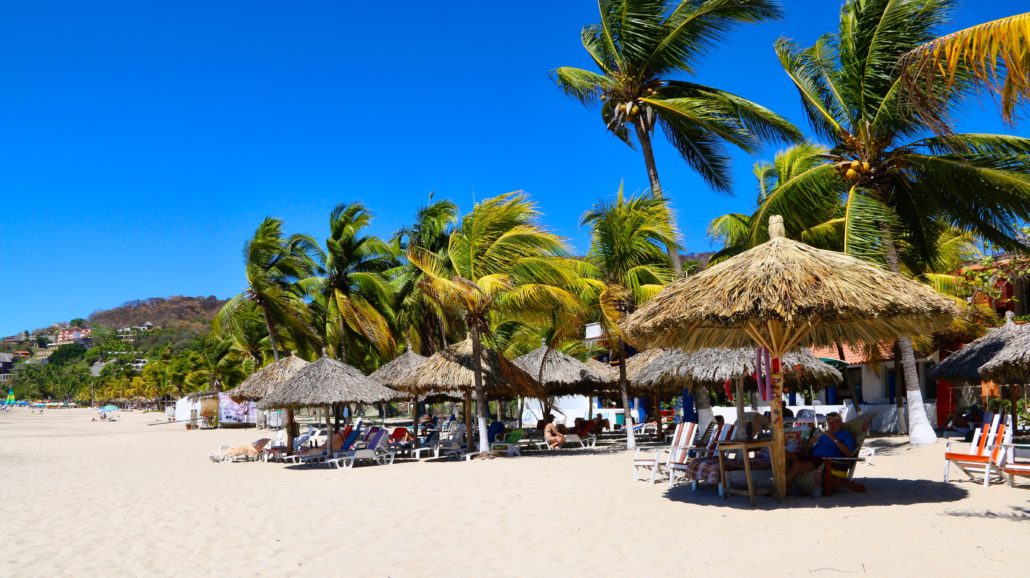
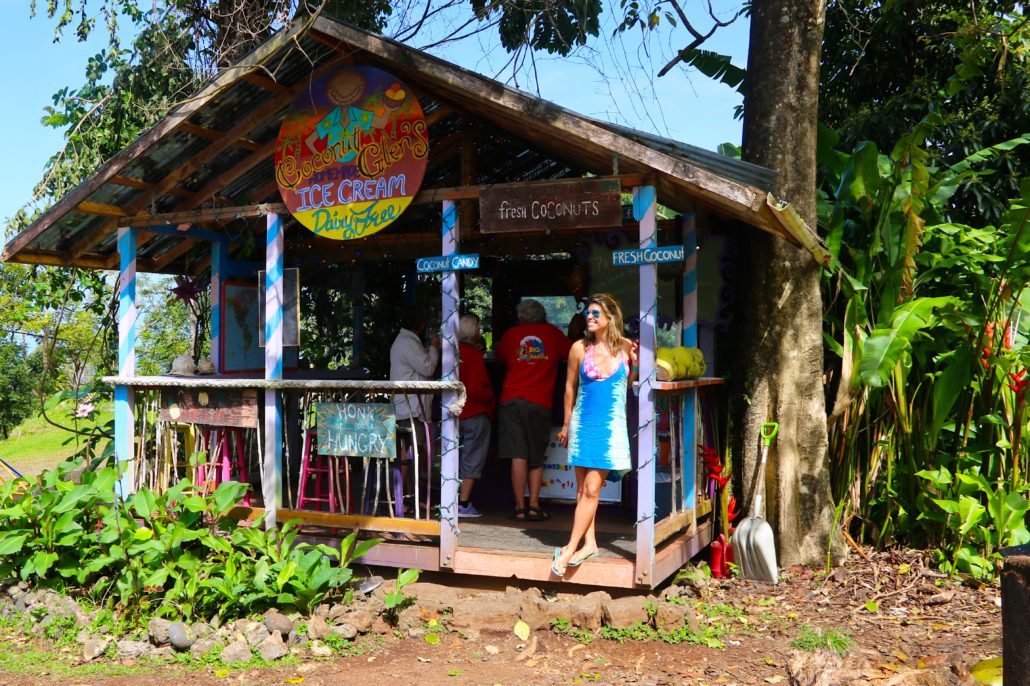
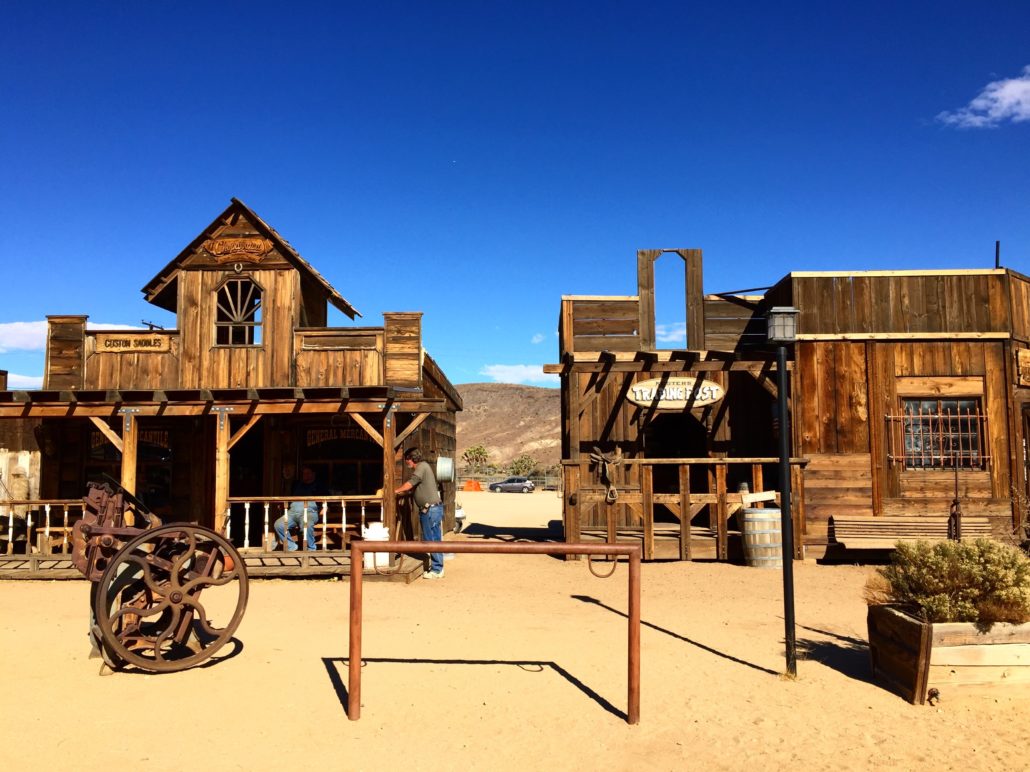

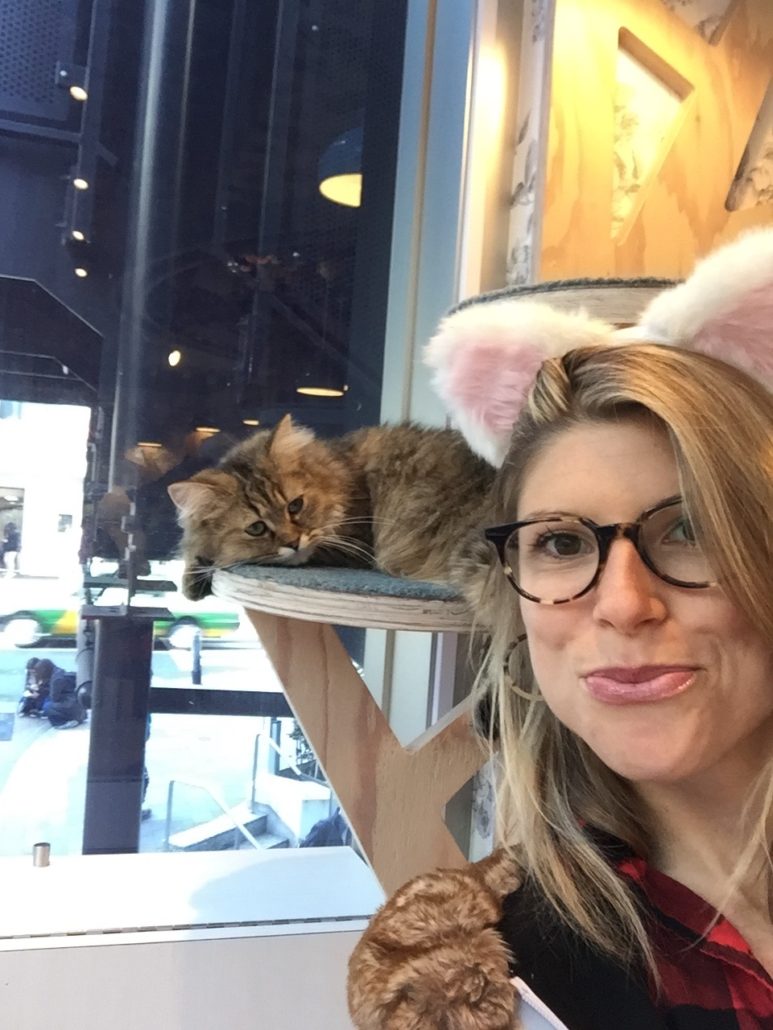
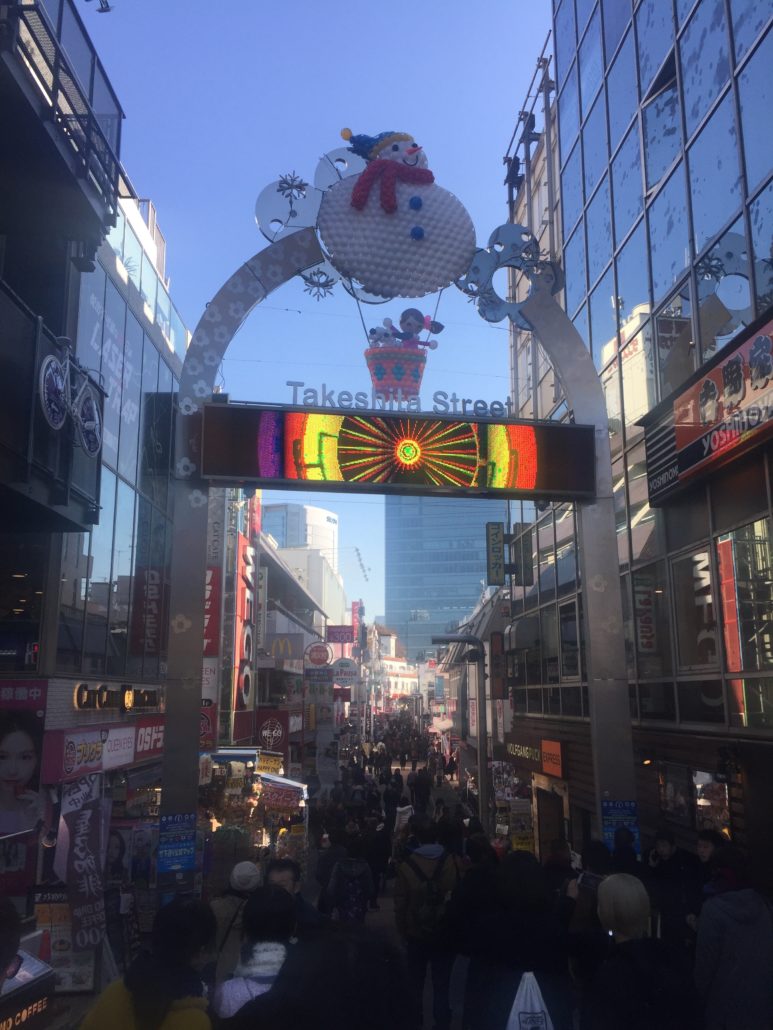
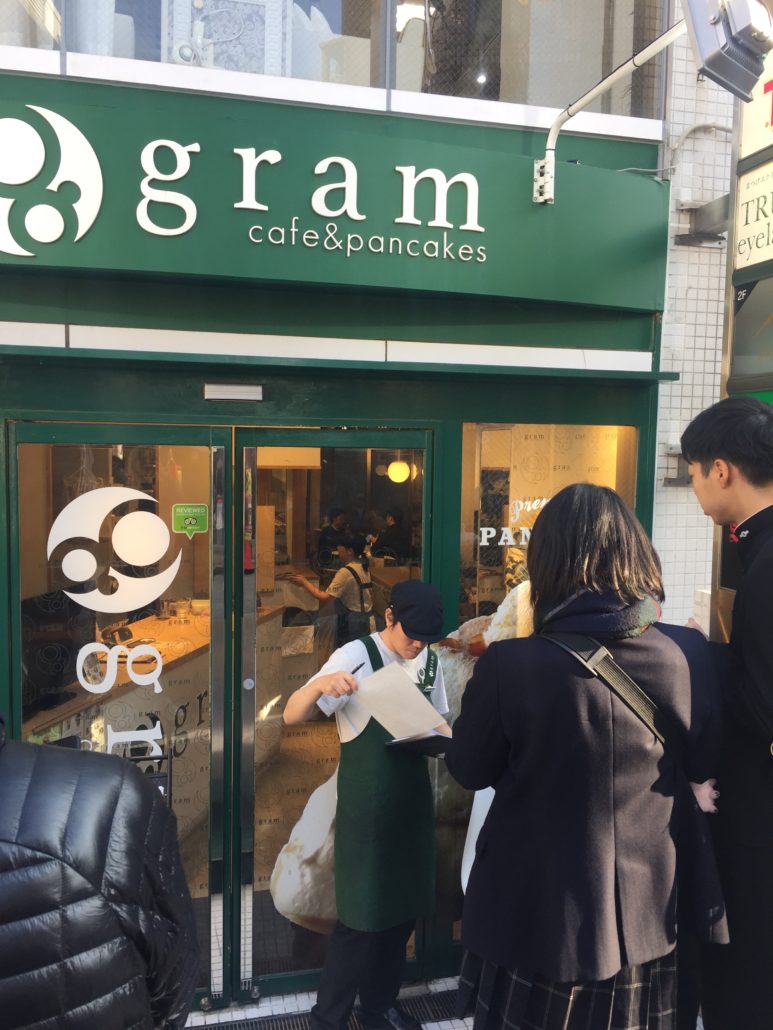
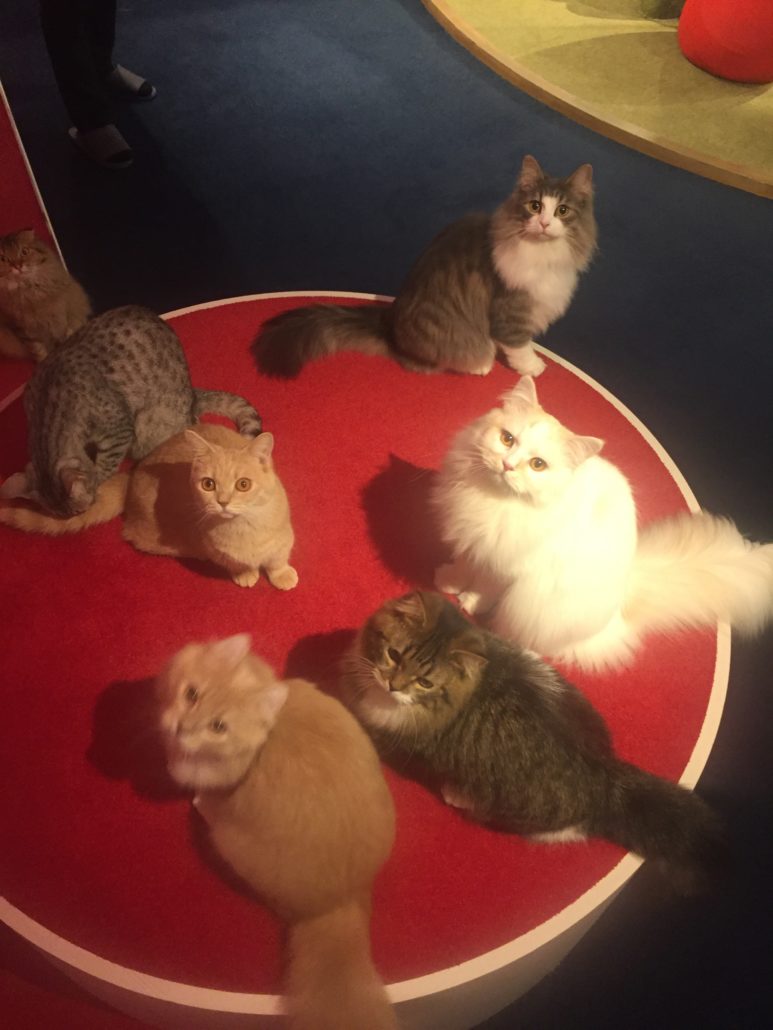
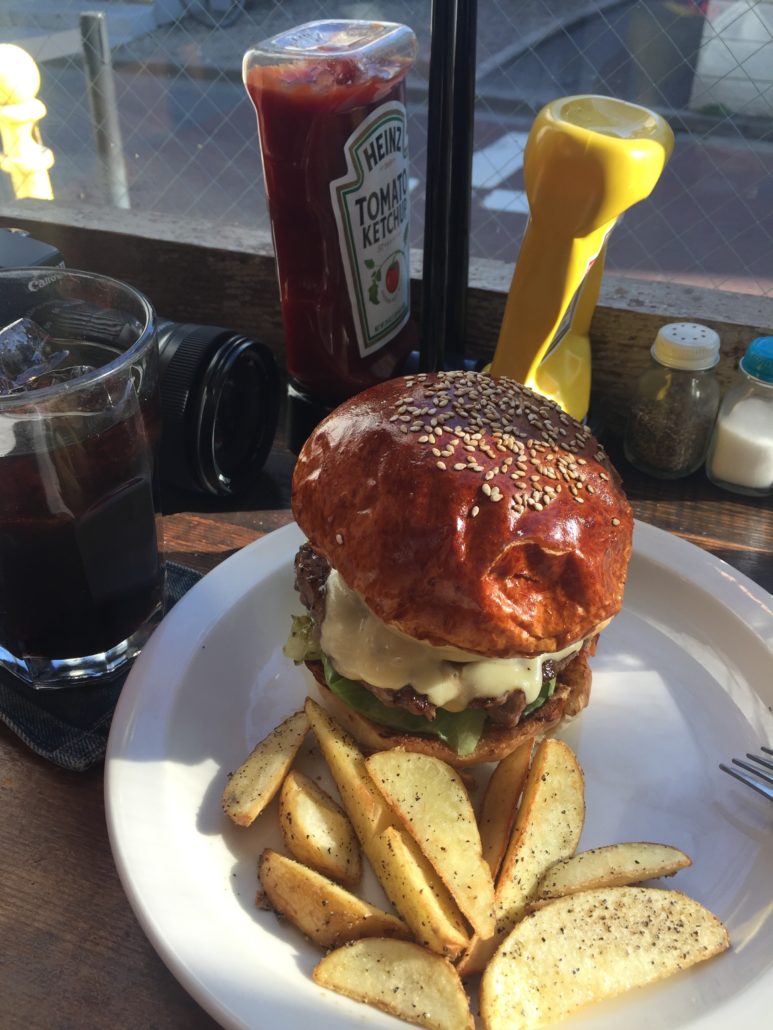
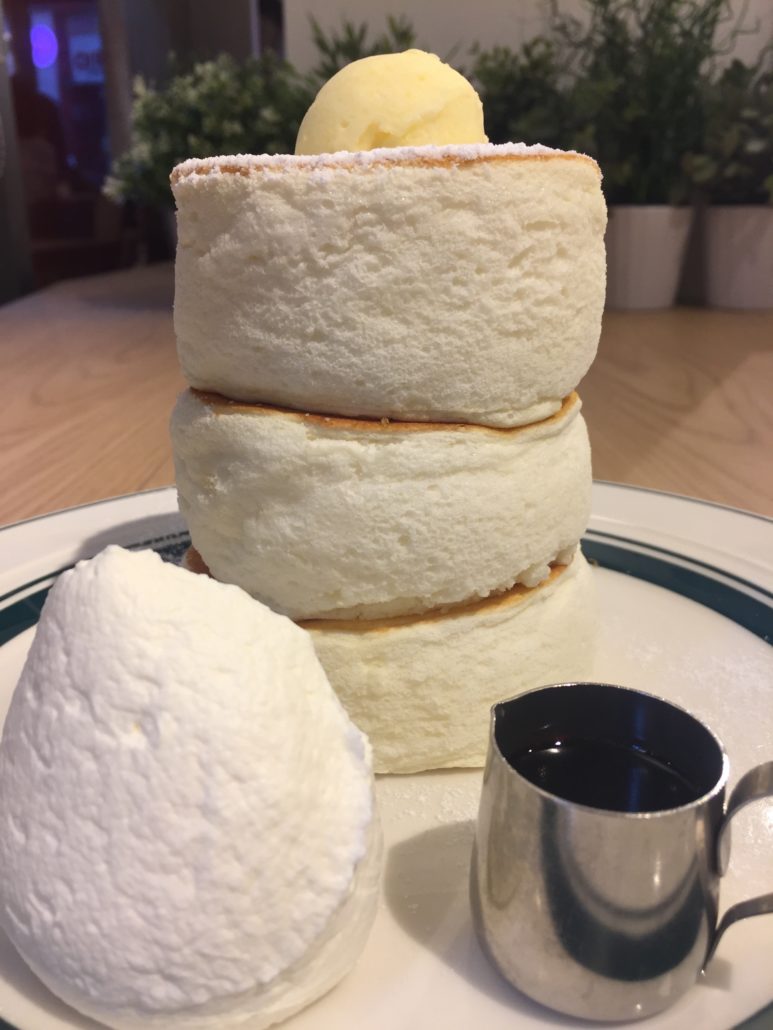
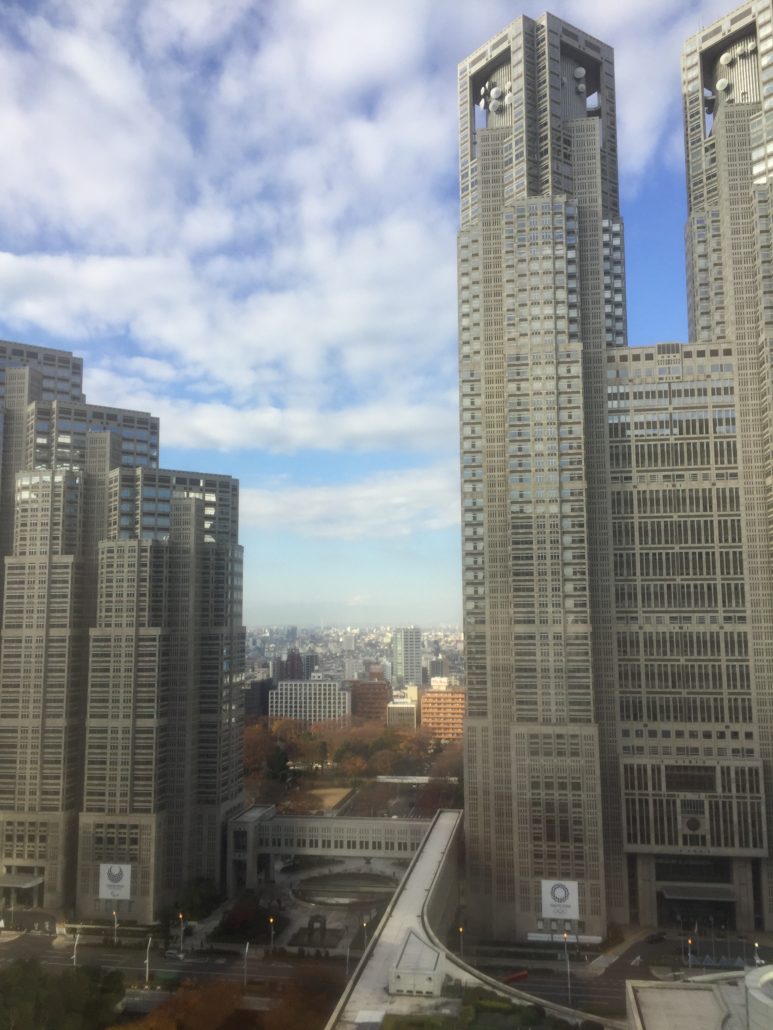
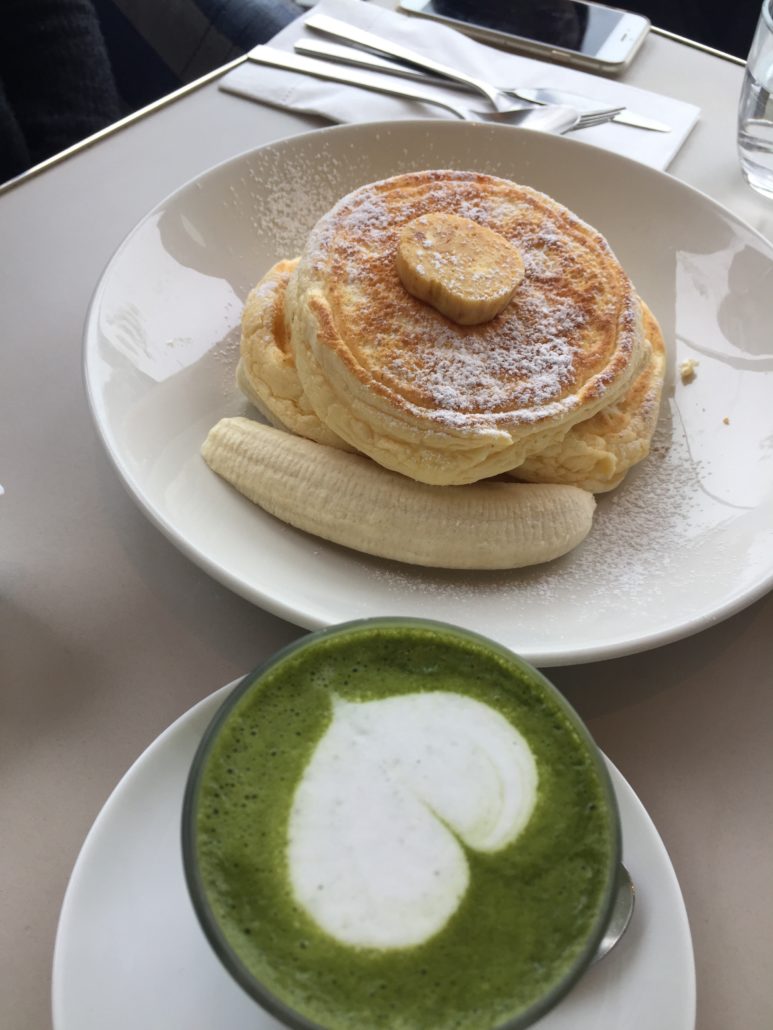
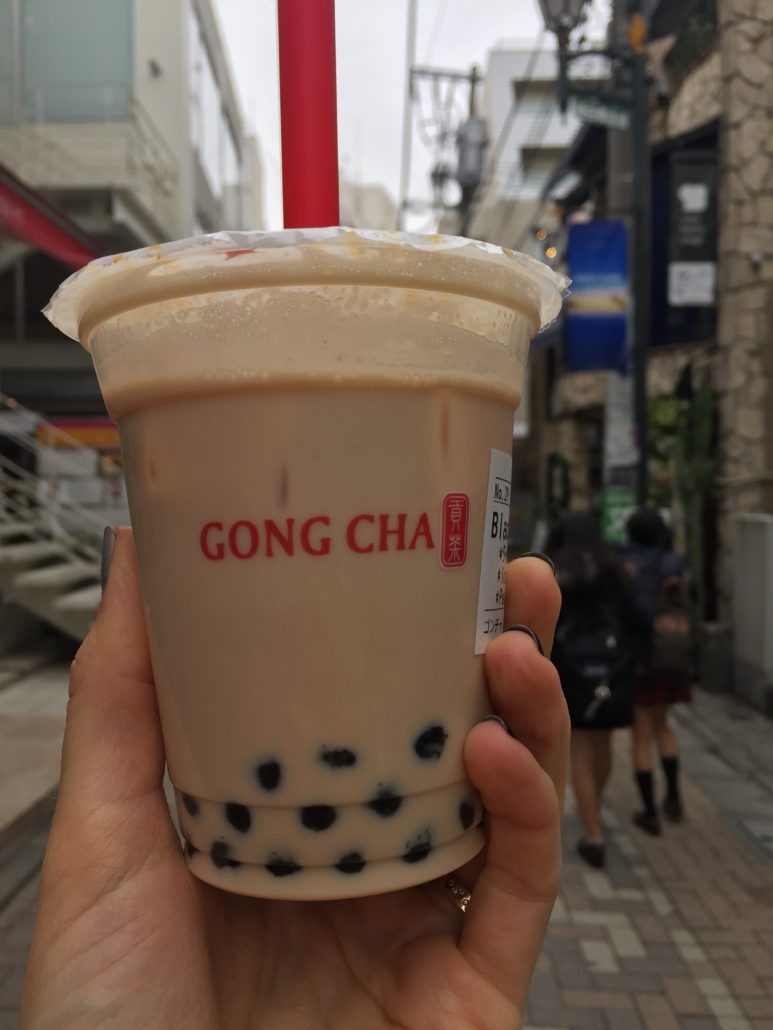
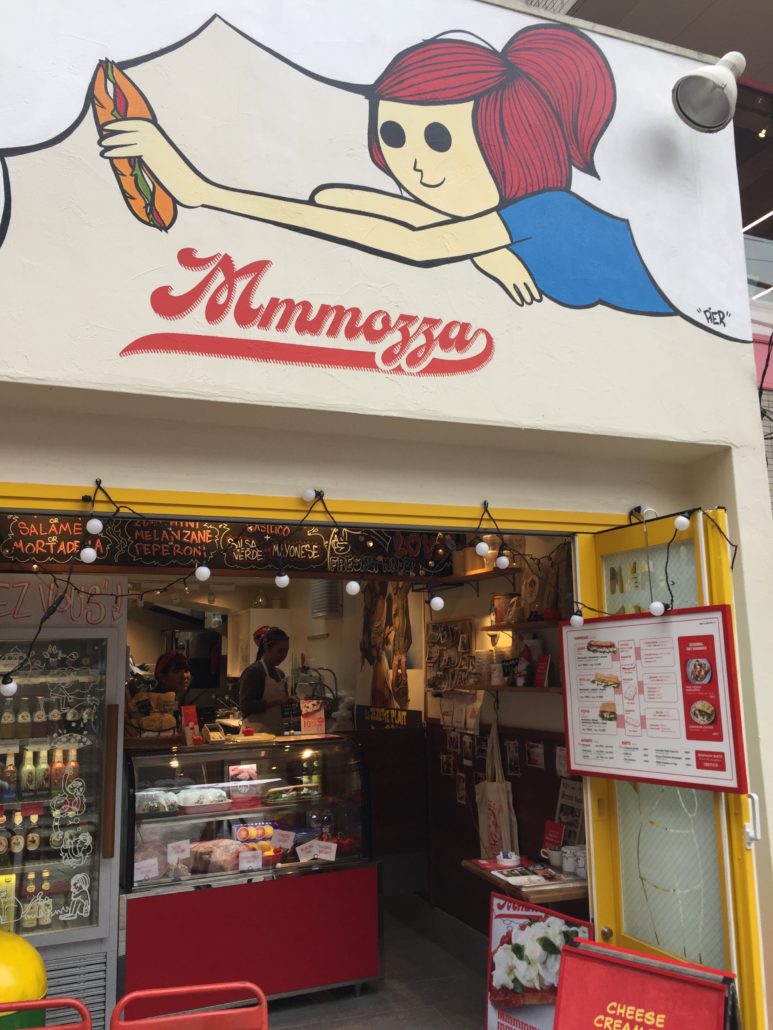
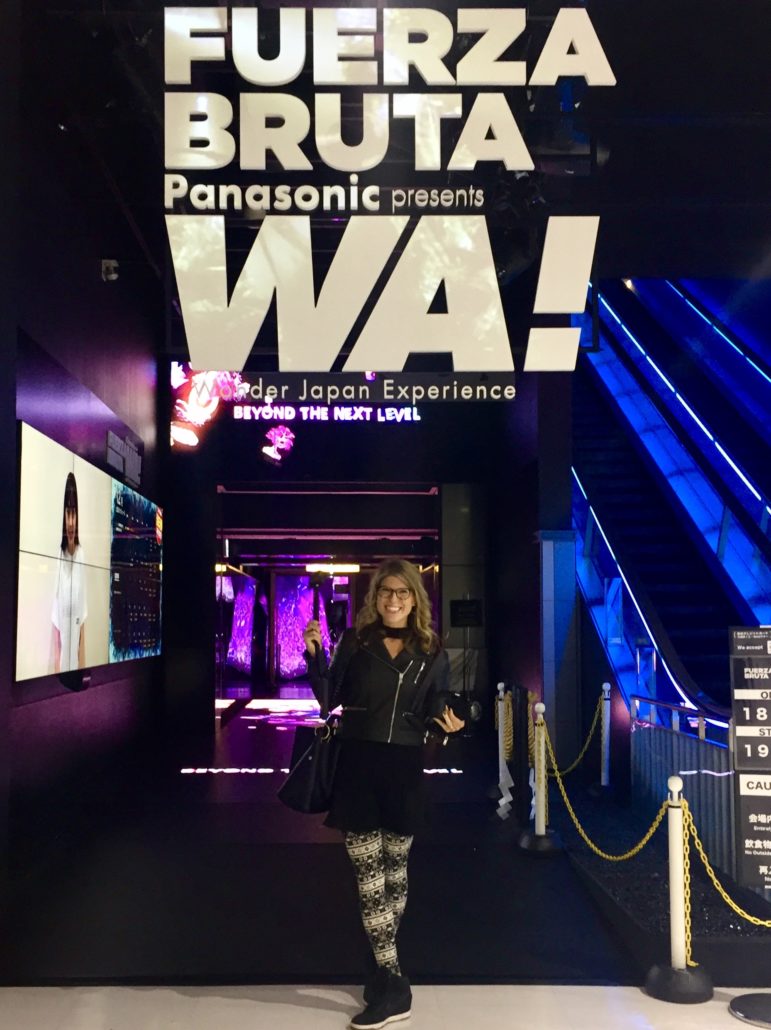

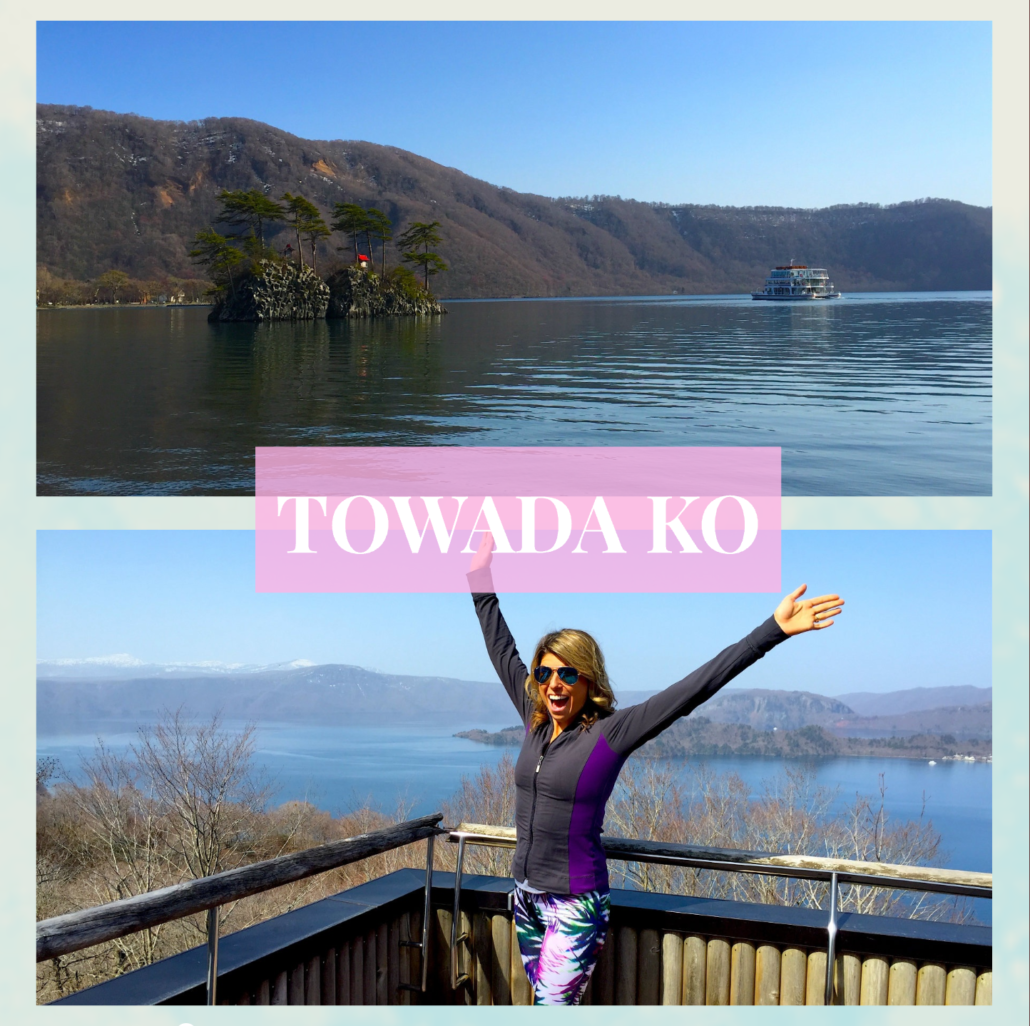
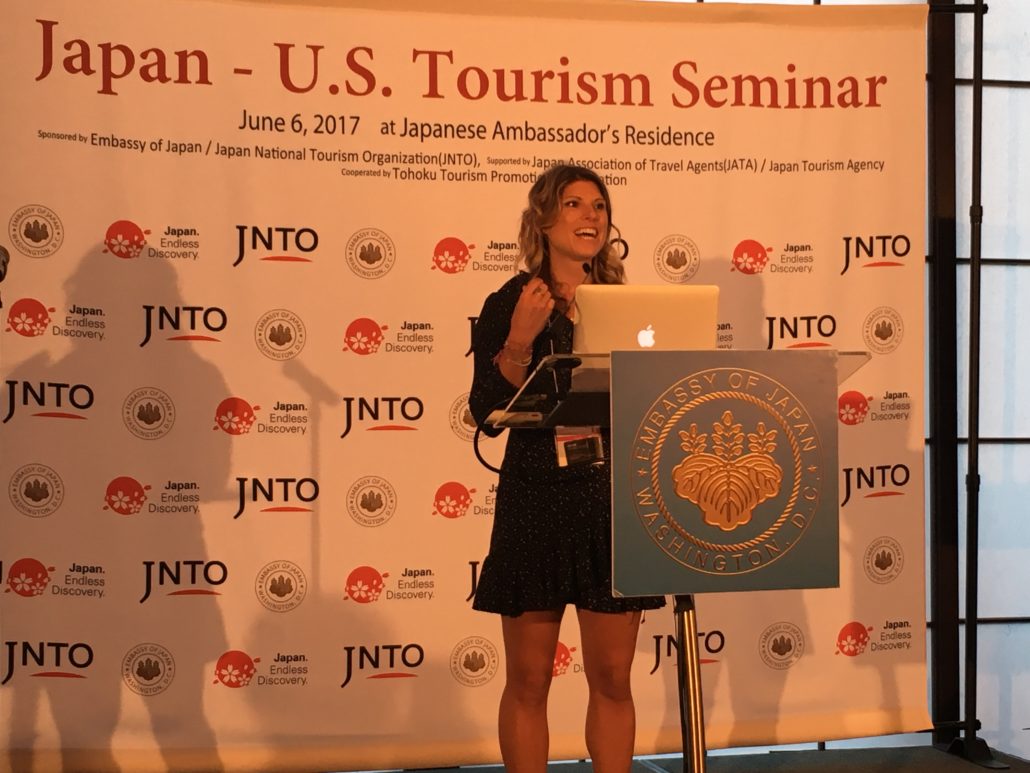
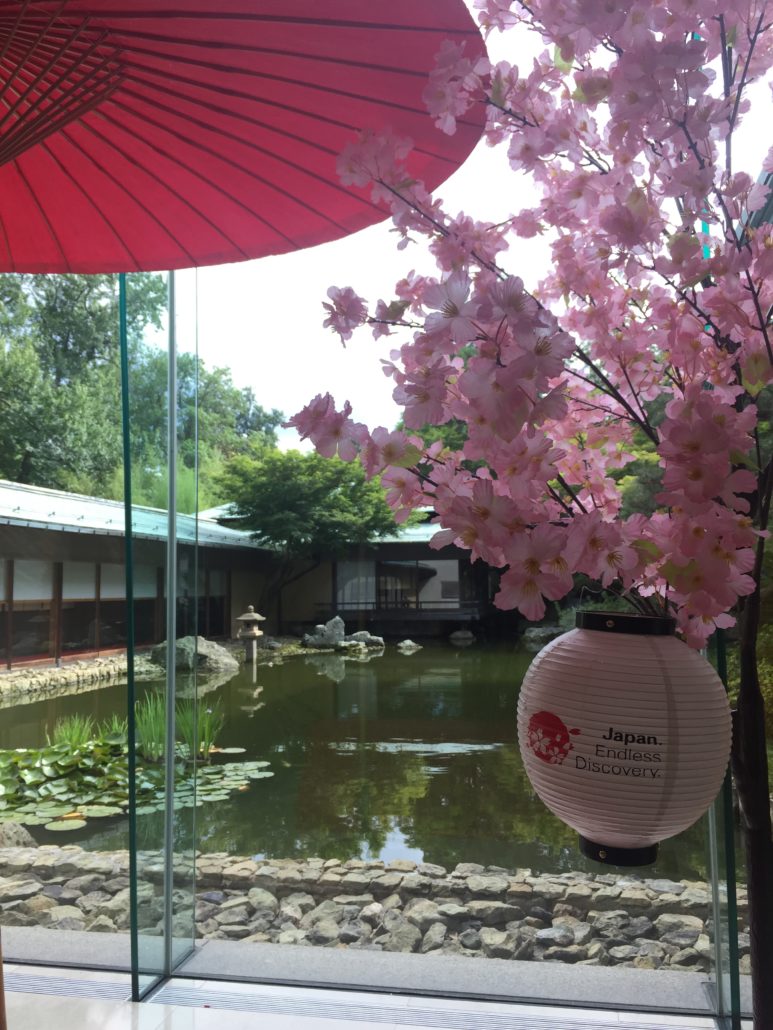
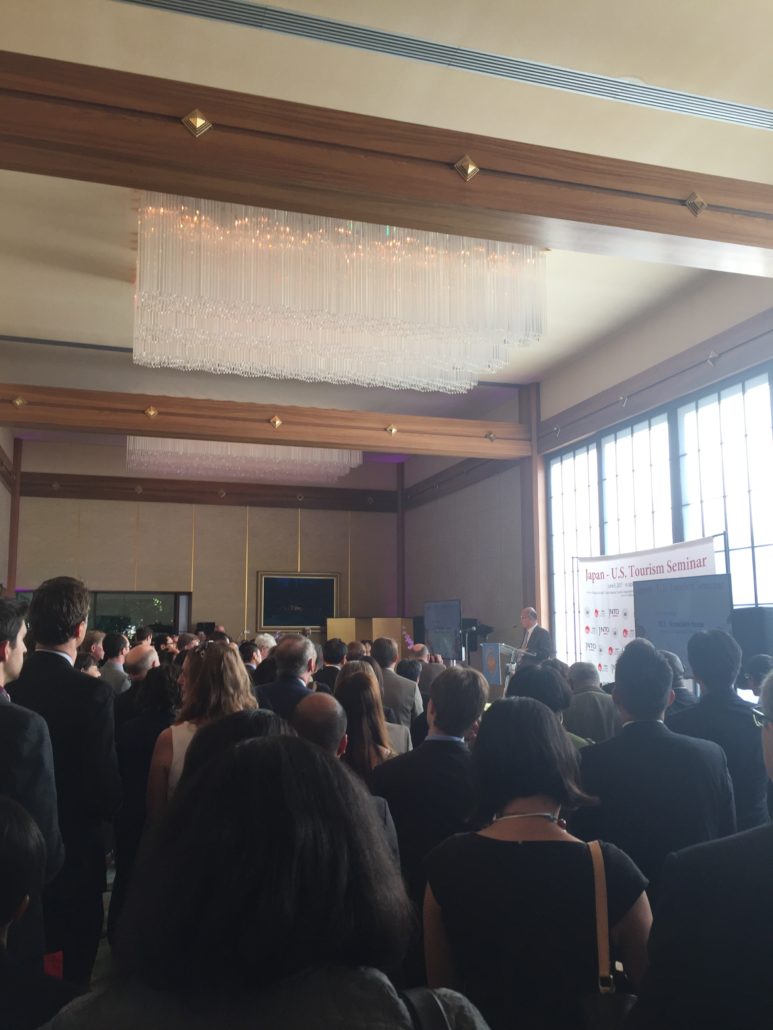
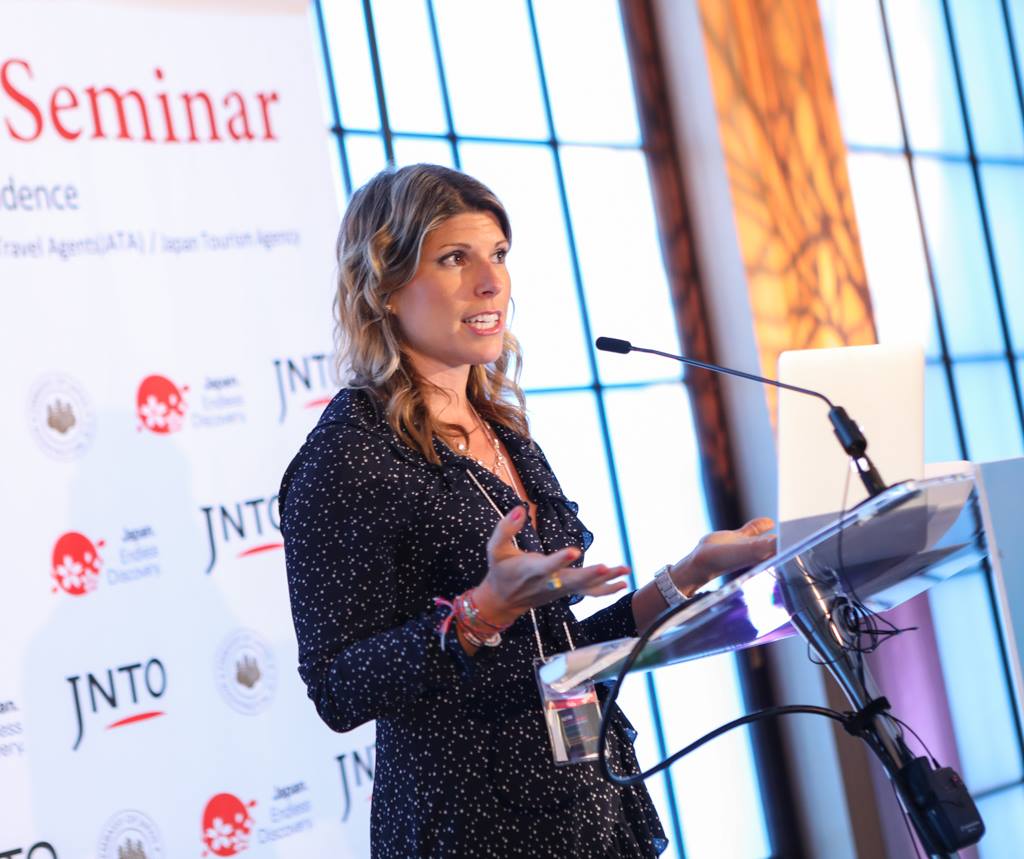
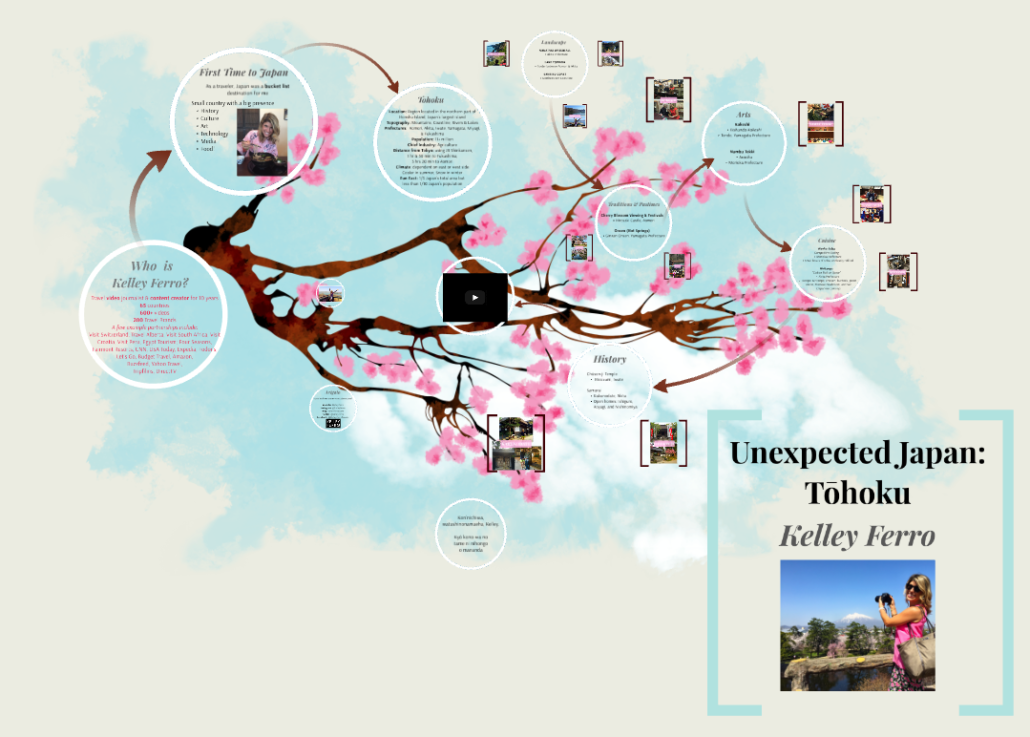
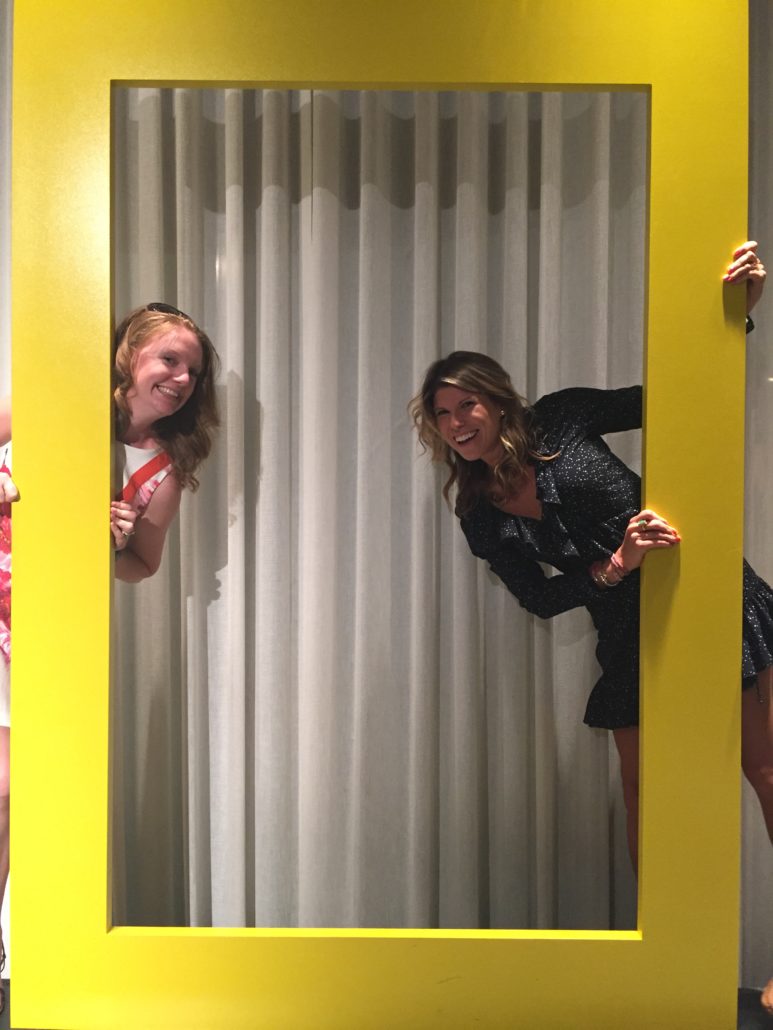
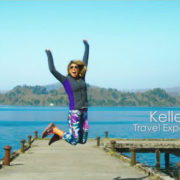


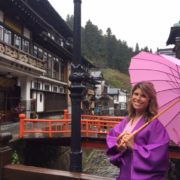





 Connect with Kelley
Connect with Kelley


